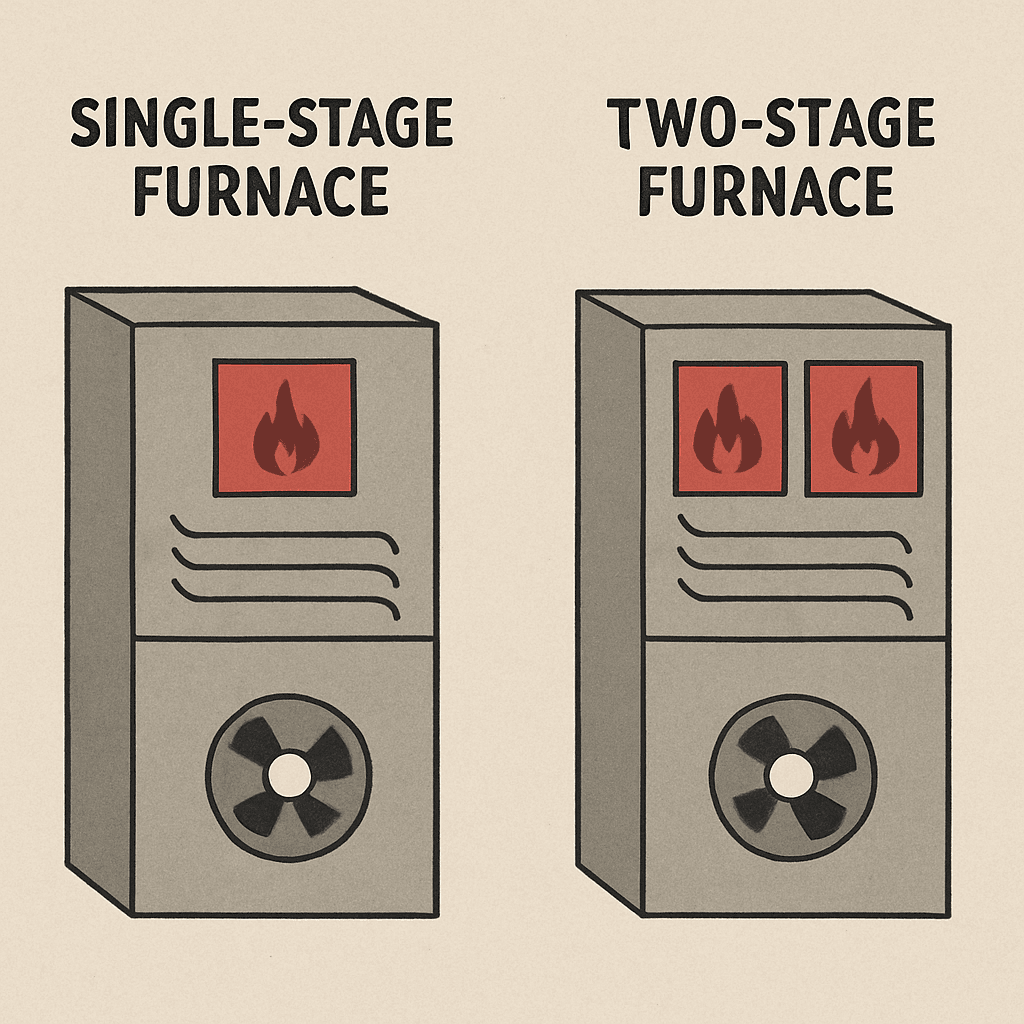
Comparación de la eficiencia de hornos de una y dos etapas para el invierno de 2026
Elegir el calefactor adecuado para su hogar es crucial. Influye en la comodidad, las facturas de energía y el impacto ambiental. A partir del invierno de 2026

Elegir el calefactor adecuado para su hogar es crucial. Influye en la comodidad, las facturas de energía y el impacto ambiental. A partir del invierno de 2026
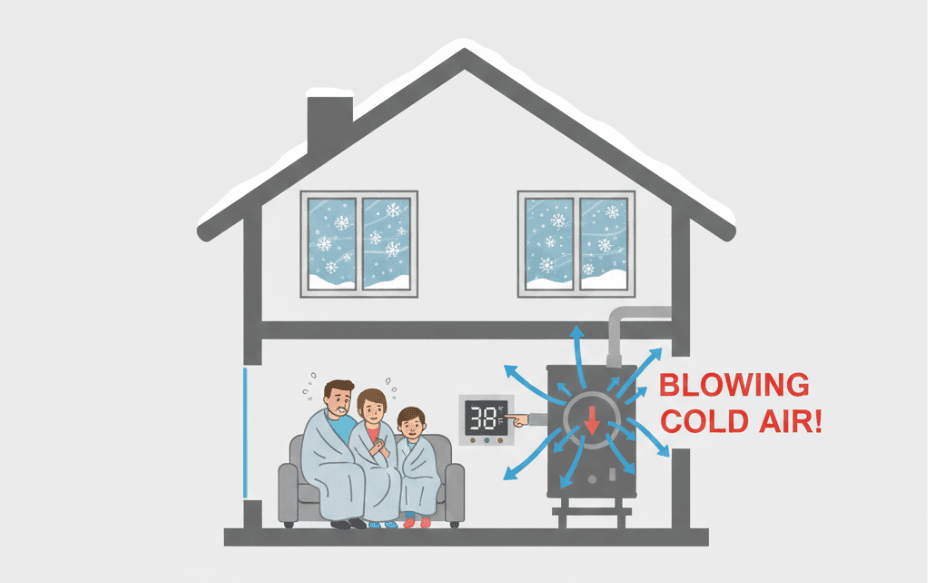
El invierno en Los Ángeles puede no ser tan duro como en otros lugares, pero un calentador que funcione sigue siendo esencial.
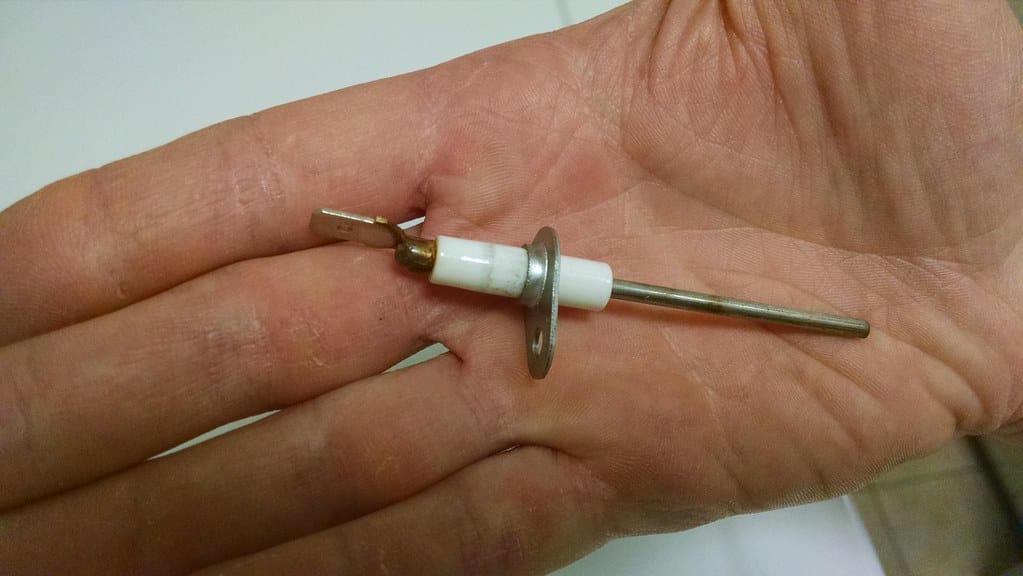
¿Tu calefacción sopla aire frío cuando debería calentar tu casa? Esto puede ser frustrante, especialmente durante el frío.
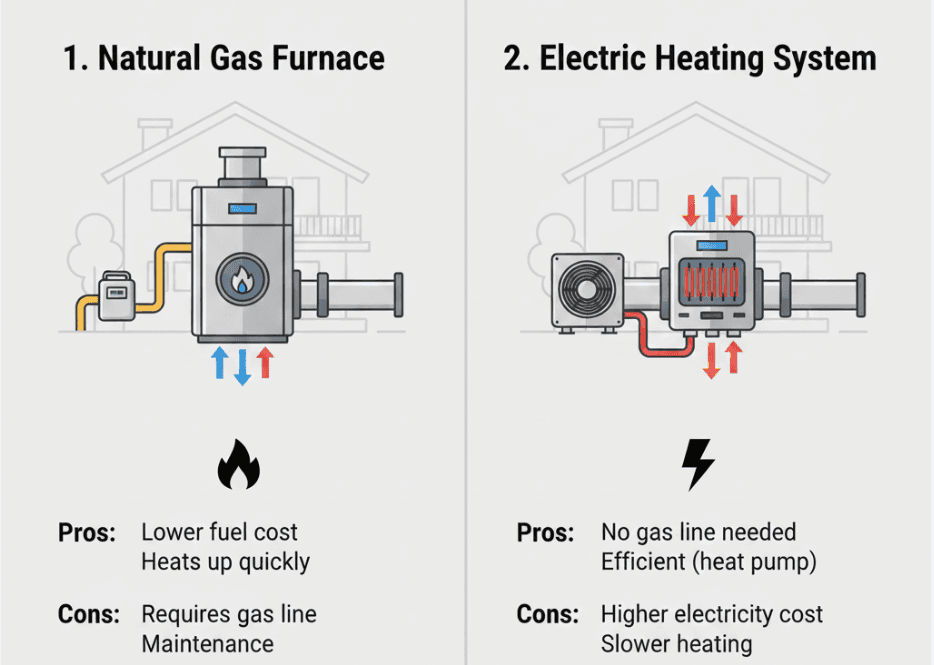
Elegir el sistema de calefacción adecuado para su hogar o negocio es crucial. Influye en la comodidad, las facturas de energía y el impacto ambiental.

Las soluciones de calefacción varían ampliamente en cuanto a su mecánica, eficiencia energética y requisitos de instalación. Ya sea que sea una madre que se queda en casa y compagina el trabajo y...
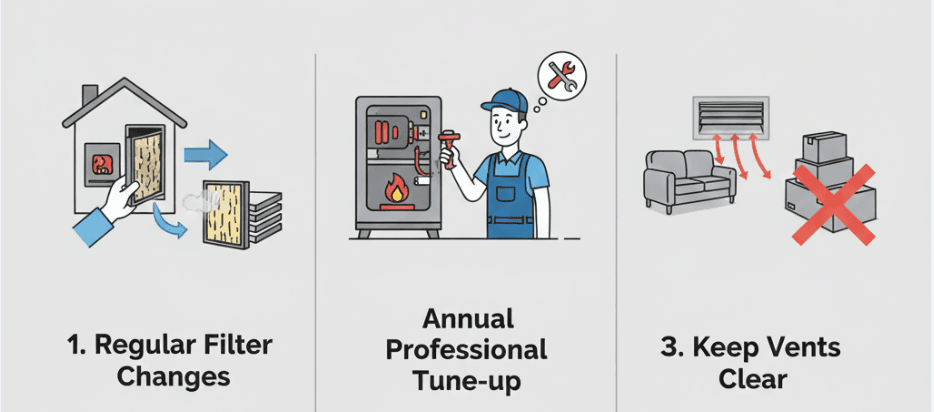
Como proveedor confiable de servicios de HVAC en Hollywood, comprendo que el mantenimiento de su horno puede no ser la prioridad.
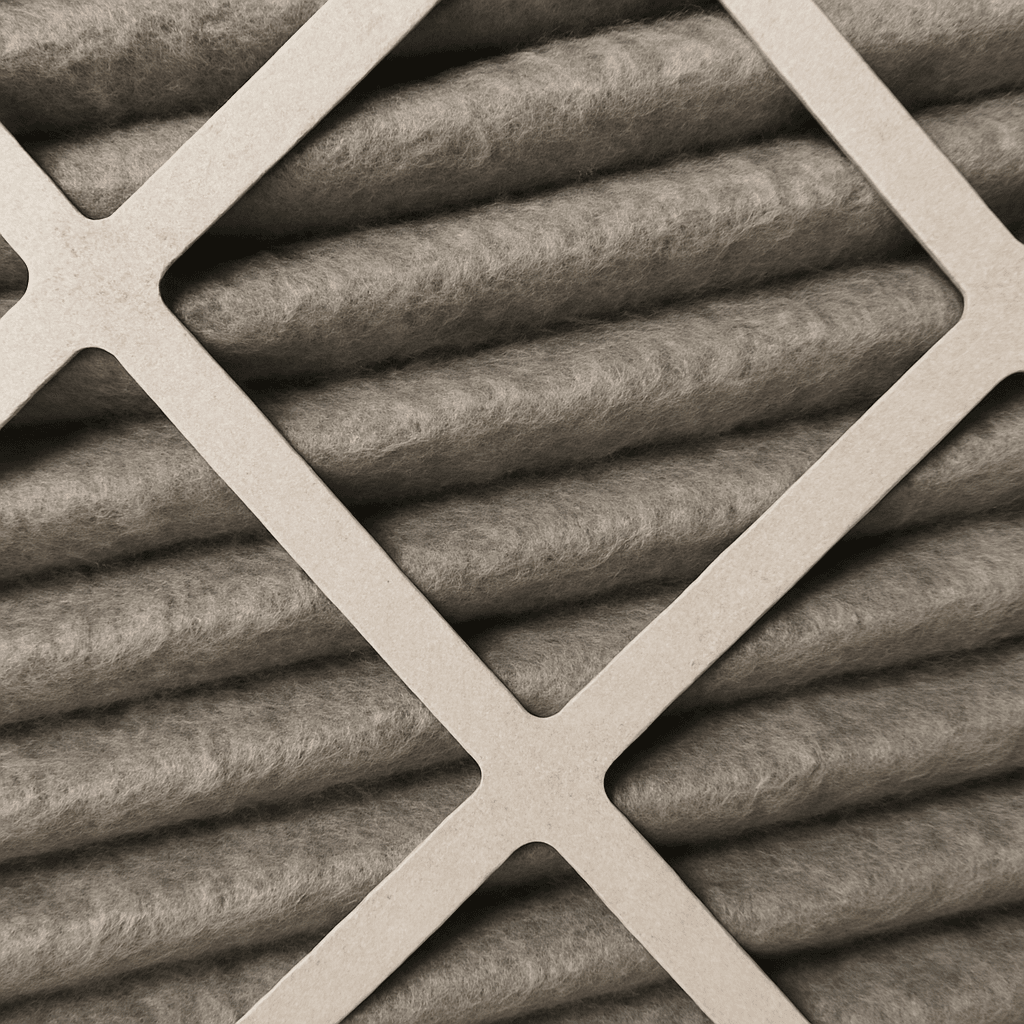
En el ajetreo de nuestra vida diaria, es fácil pasar por alto las cosas pequeñas, como reemplazar su sistema HVAC.

Con la llegada del frío invernal, un horno confiable se vuelve esencial. Pero ¿qué pasa si su horno falla y...?

Los pronósticos meteorológicos juegan un papel crucial en nuestra vida diaria, especialmente para aquellos de nosotros que vivimos en el bullicioso Los Ángeles.

Cuando la calefacción empieza a soplar aire frío, puede ser frustrante e incómodo. Incluso podrías preguntarte: ¿Por qué?

Cuando llega el frío del invierno, es fundamental contar con una caldera confiable. Pero ¿qué pasa si la caldera no calienta?

En el mundo acelerado de hoy, la comodidad en el hogar es más importante que nunca. Un sistema de calefacción moderno puede marcar una gran diferencia.
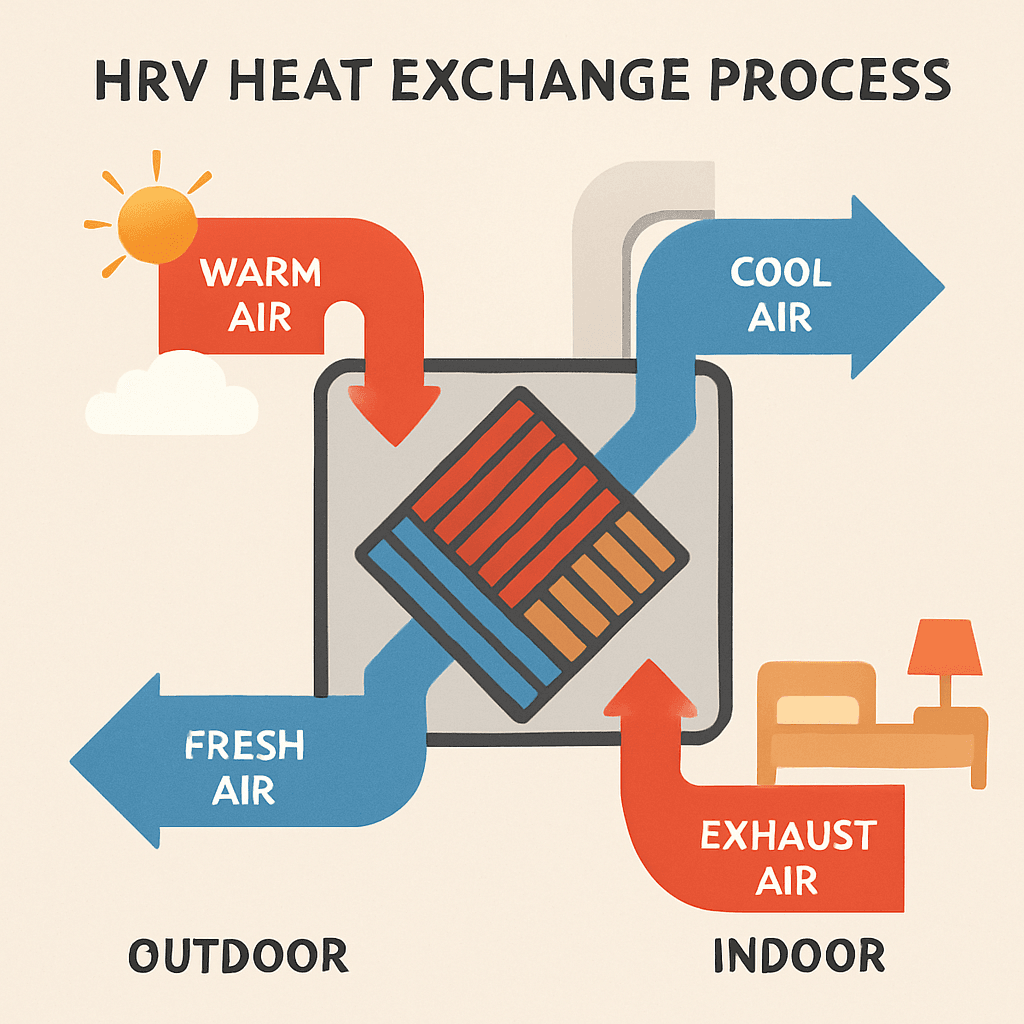
En el mundo actual, mantener un ambiente saludable en el hogar es crucial. La calidad del aire interior juega un papel importante en nuestro bienestar. Muchos propietarios de viviendas recurren a los ventiladores de recuperación de calor (HRV) como solución. Los HRV están diseñados para mejorar la calidad del aire intercambiando el aire viciado interior con aire fresco exterior. Lo hacen a la vez que recuperan el calor del aire saliente. Este proceso no solo mejora la calidad del aire, sino que también reduce los costos de energía. Para hogares herméticos, los HRV son particularmente beneficiosos. Garantizan un flujo constante de aire fresco, esencial para la comodidad y la salud. Al mantener una temperatura interior estable, los HRV mejoran el confort general. Además, ayudan a reducir los niveles de humedad, lo que previene la aparición de moho y mejora la calidad del aire. Son diferentes de los ventiladores de recuperación de energía (ERV), que también gestionan la humedad transfiriéndola. Comprender cómo funcionan los HRV puede empoderar a los propietarios, permitiéndoles tomar decisiones informadas sobre sus necesidades de ventilación. En este artículo, exploraremos cómo los HRV optimizan los sistemas de ventilación del hogar y las facturas de energía. ¿Qué es un ventilador de recuperación de calor (HRV)? Un ventilador de recuperación de calor (HRV) es un componente esencial para la ventilación de hogares modernos. Este dispositivo reemplaza continuamente el aire viciado del interior con aire fresco del exterior. La excelencia de un HRV reside en su capacidad para recuperar el calor del aire saliente. Piense en un HRV como un gestor inteligente del flujo de aire. Utiliza un intercambiador de calor para transferir el calor del aire interior al aire entrante. Esto se traduce en una menor necesidad de energía para calentar o enfriar la casa. Estos son algunos aspectos clave de un HRV: Un HRV es ventajoso para hogares herméticos. Compensa la falta de ventilación natural y garantiza un clima interior constante. Este intercambio constante de aire contribuye a mejorar la calidad del aire interior. En resumen, un HRV es más que un simple ventilador: es una inversión en la calidad del aire de su hogar. Al reducir la energía necesaria para mantener el confort, también ahorra en las facturas de servicios públicos, lo que lo convierte en una valiosa adición a cualquier hogar. ¿Cómo funciona la recuperación de calor? Comprender cómo funciona la recuperación de calor puede empoderar a los propietarios. Un sistema HRV está diseñado para maximizar la eficiencia mediante la transferencia de calor entre el aire de salida y el de entrada. Este proceso ayuda a mantener un clima interior confortable sin depender excesivamente de su sistema de climatización (HVAC). Un HRV funciona mediante un intercambiador de calor, un componente esencial que permite la transferencia de calor. Al expulsar el aire interior viciado y cálido, pasa cerca del aire fresco entrante dentro del intercambiador. El calor se transfiere sin mezclar las dos corrientes de aire. Así es como funciona el proceso básico: el resultado es un menor consumo de energía para calefacción en invierno. En consecuencia, su sistema de climatización (HVAC) funciona menos, lo que se traduce en ahorros en sus facturas de servicios públicos. Los HRV son especialmente beneficiosos en climas más fríos, donde la retención de calor es crucial. Al comprender este proceso, los propietarios pueden apreciar la eficiencia de los HRV. La simplicidad del sistema lo convierte en una opción eficaz y sostenible para los hogares modernos. En general, los HRV optimizan el consumo de energía, mejoran la calidad del aire y contribuyen a un ambiente hogareño confortable. HRV vs. ERV: ¿Cuál es la diferencia? Elegir entre un HRV y un ERV puede ser complicado. Ambos sistemas mejoran la calidad del aire, pero gestionan el calor y la humedad de forma diferente. Comprender estas diferencias es crucial para seleccionar el sistema adecuado para su hogar. Los ventiladores de recuperación de calor (HRV) se centran principalmente en el intercambio de calor. Transfieren el calor del aire de salida al aire de entrada, manteniendo así la temperatura interior. Este proceso es ideal para hogares en climas fríos, donde la retención del calor es esencial.
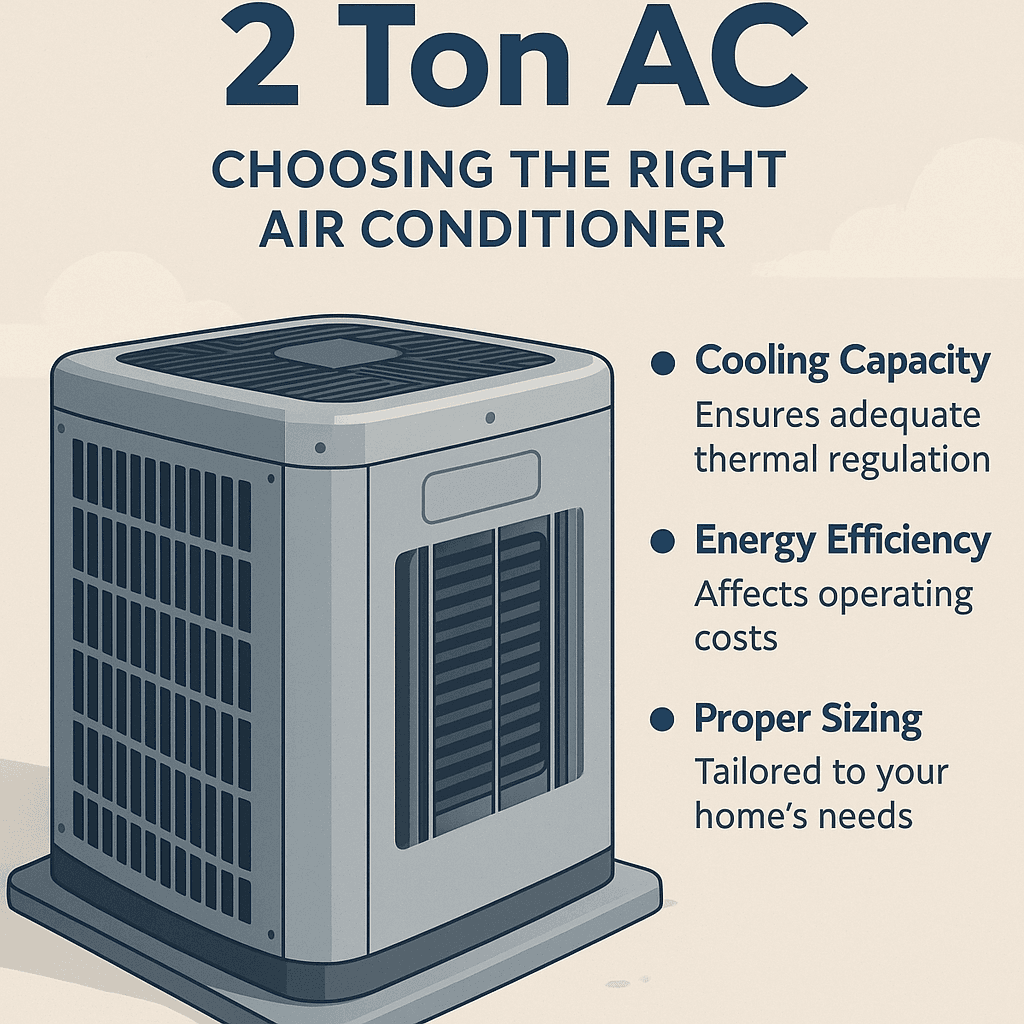
Elegir el aire acondicionado de 2 toneladas adecuado para su hogar es crucial para garantizar comodidad, eficiencia y un rendimiento de refrigeración óptimo.

Con el aumento de las temperaturas durante los sofocantes meses de verano, garantizar que su hogar siga siendo un santuario fresco y confortable se convierte en una prioridad.
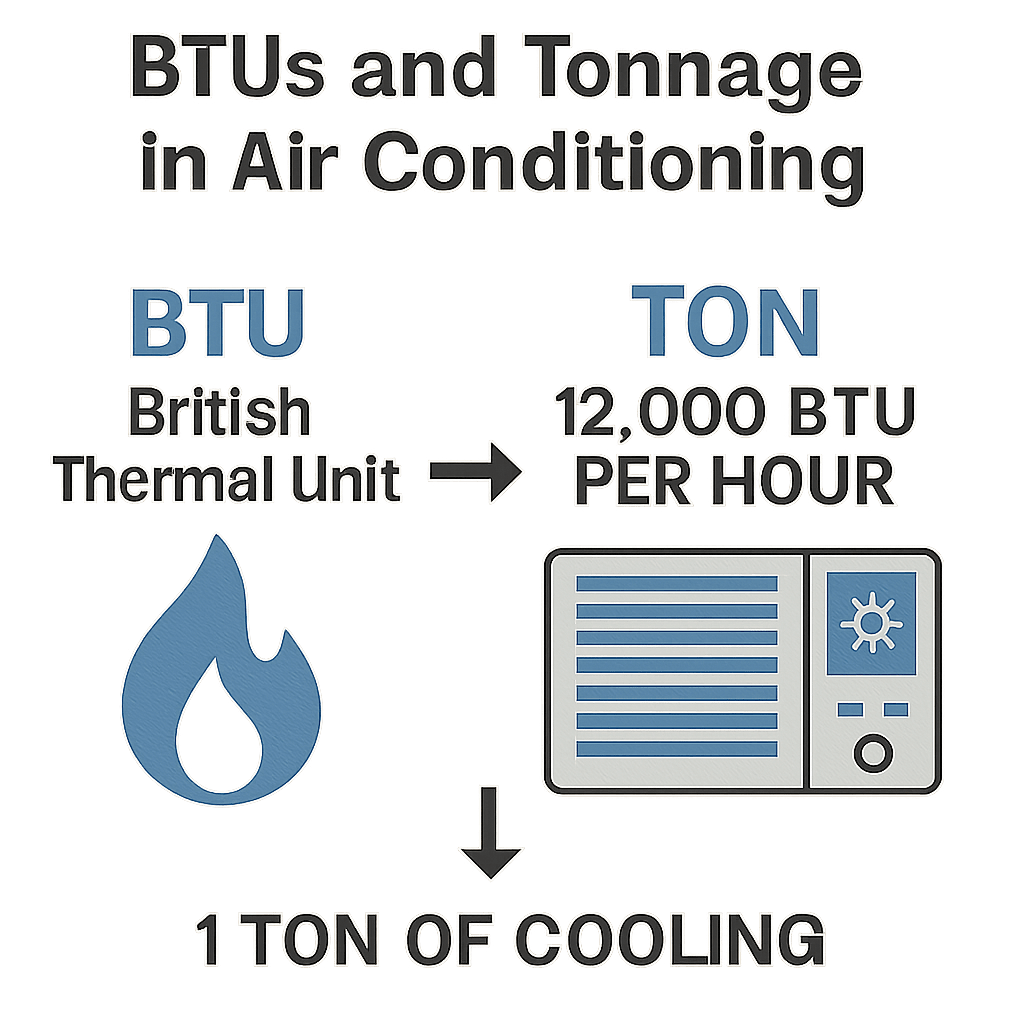
Elegir el aire acondicionado adecuado para tu hogar puede ser una tarea complicada. Con tantas opciones, es fácil sentirse abrumado.

Los sistemas de climatización integrados son una opción inteligente para muchos propietarios. Combinan calefacción y refrigeración en una sola unidad compacta.

Elegir entre los costos de un mini split profesional o de uno mismo puede ser abrumador. Cada opción tiene sus propias ventajas y desventajas.

Emprender un proyecto de mini split por cuenta propia puede ser emocionante y a la vez intimidante. Muchos propietarios de viviendas en California se sienten atraídos por la idea de instalar un mini split.
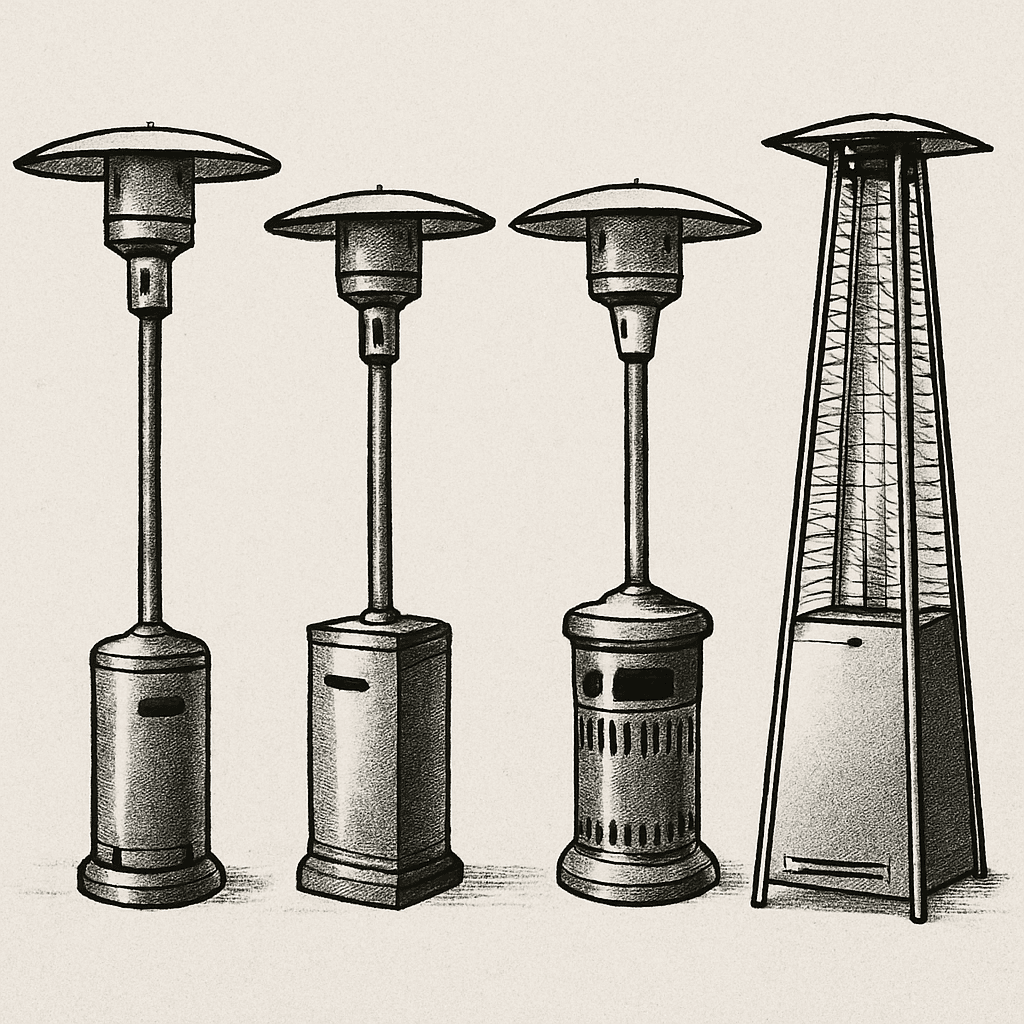
Los calentadores de patio a gas natural son una opción popular para disfrutar del confort al aire libre en Pasadena. Proporcionan calor y prolongan su vida útil.
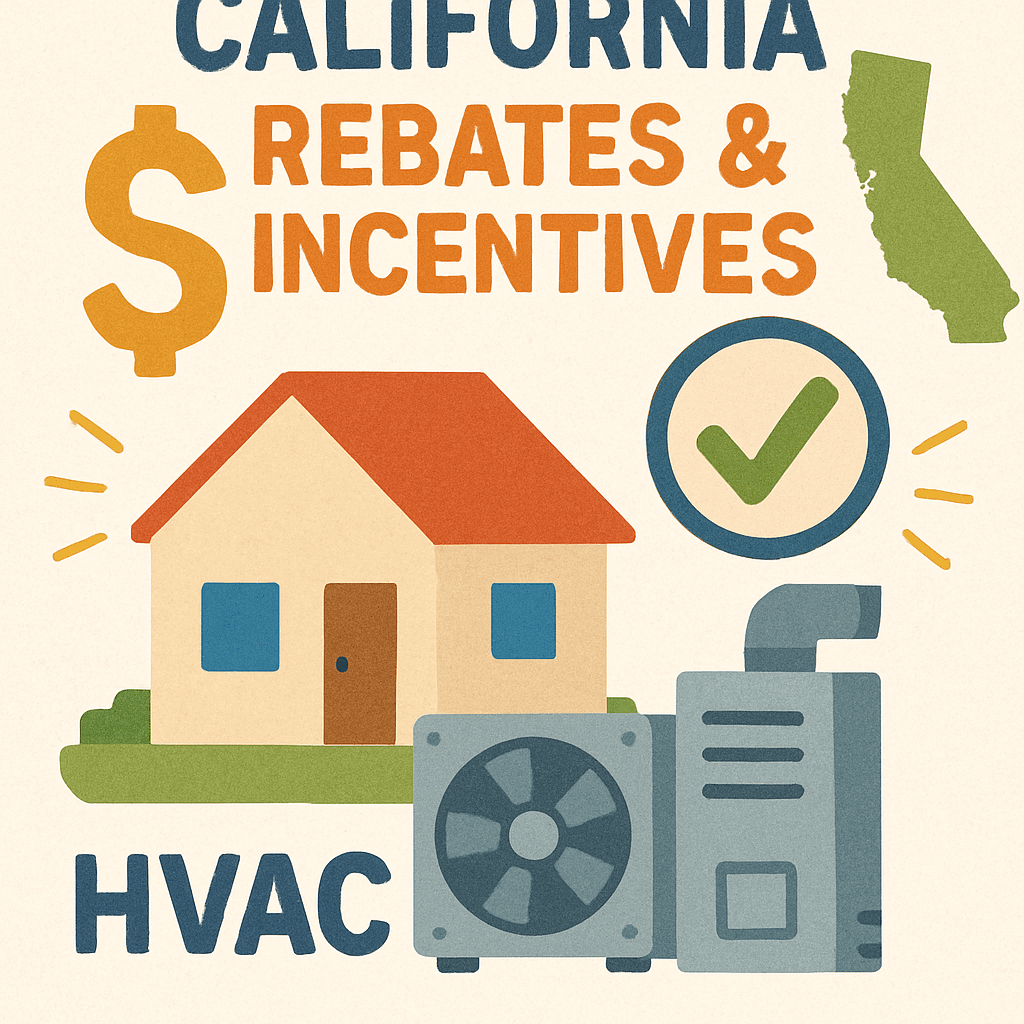
Los propietarios de viviendas en California a menudo se enfrentan a una decisión difícil: reparar o reemplazar su sistema de climatización (HVAC). Esta elección puede afectar tanto a la comodidad como a las finanzas. Comprender cuándo
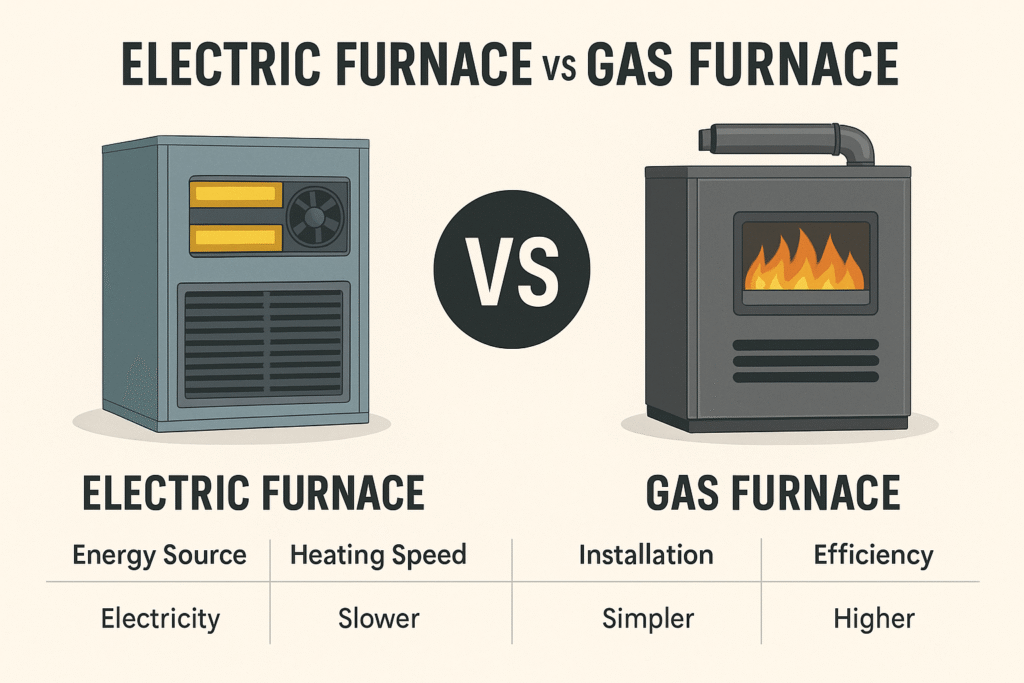
Cuando se trata de elegir la caldera adecuada para su hogar en Los Ángeles, California, la decisión a menudo se reduce a

Las rejillas de retorno de aire suelen pasar desapercibidas, pero desempeñan un papel crucial en la eficiencia del sistema de climatización. Ayudan a mantener una presión de aire equilibrada.
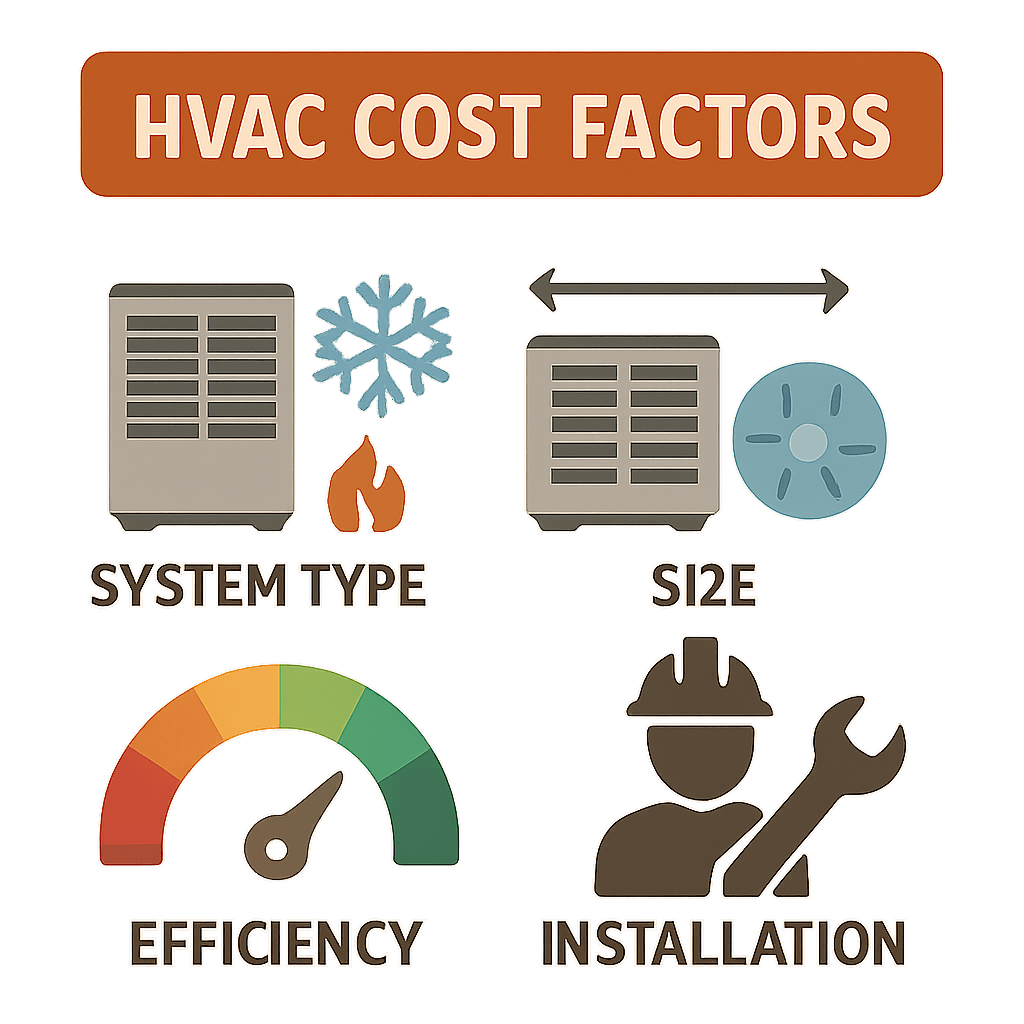
¡Hola vecinos! Desde LC Heating and Air en Fairfax Avenue, sabemos que un problema repentino con el sistema de climatización puede ser muy molesto.
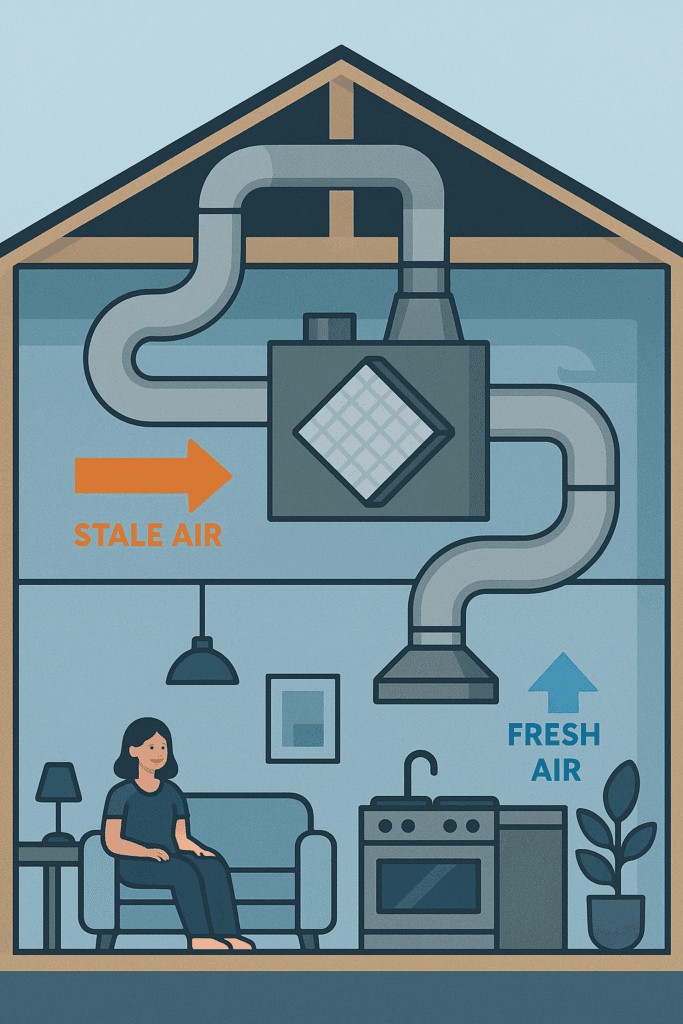
Cuando se trata de mantener un ambiente doméstico cómodo y saludable, la calidad del aire interior es un factor crucial que a menudo

Ya sea que sea una madre ocupada que se queda en casa, un propietario de una pequeña empresa o un profesional que trabaja desde casa, esta guía lo ayudará a comprender
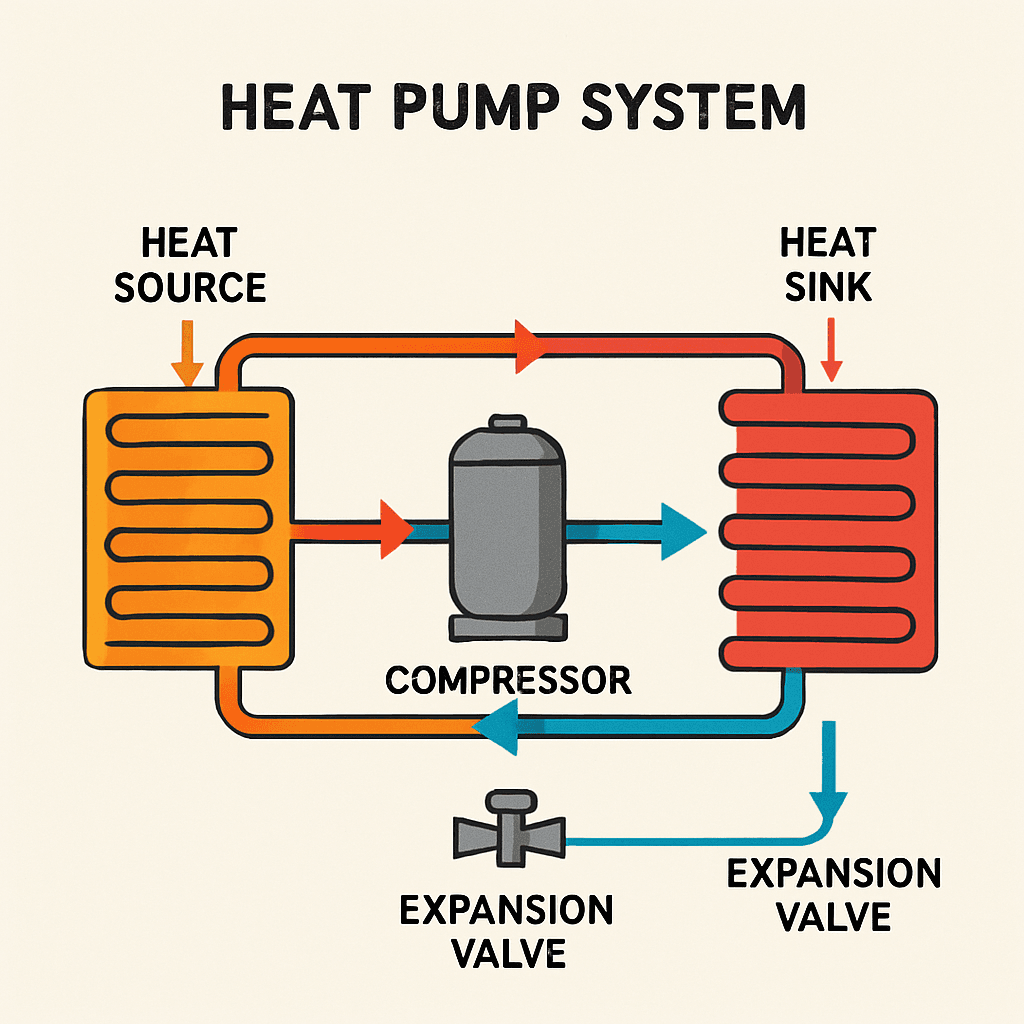
¿Qué es una bomba de calor? Comprender su funcionamiento es fundamental para aprovechar al máximo su diseño energéticamente eficiente.
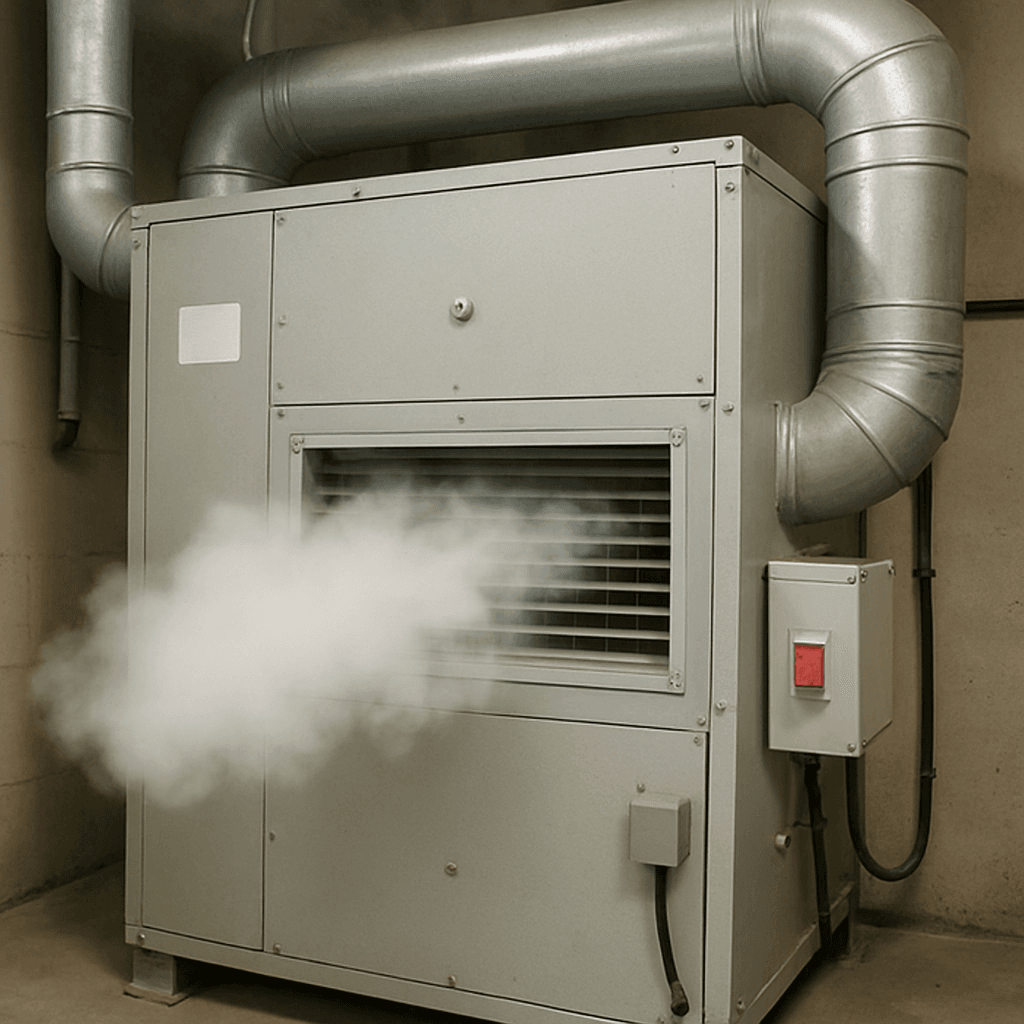
Para mantener un ambiente hogareño confortable, las climatizadoras desempeñan un papel crucial. A menudo son los héroes anónimos.

Seleccionar la solución de calefacción y refrigeración adecuada para su hogar puede ser todo un desafío, especialmente cuando se enfrenta a la
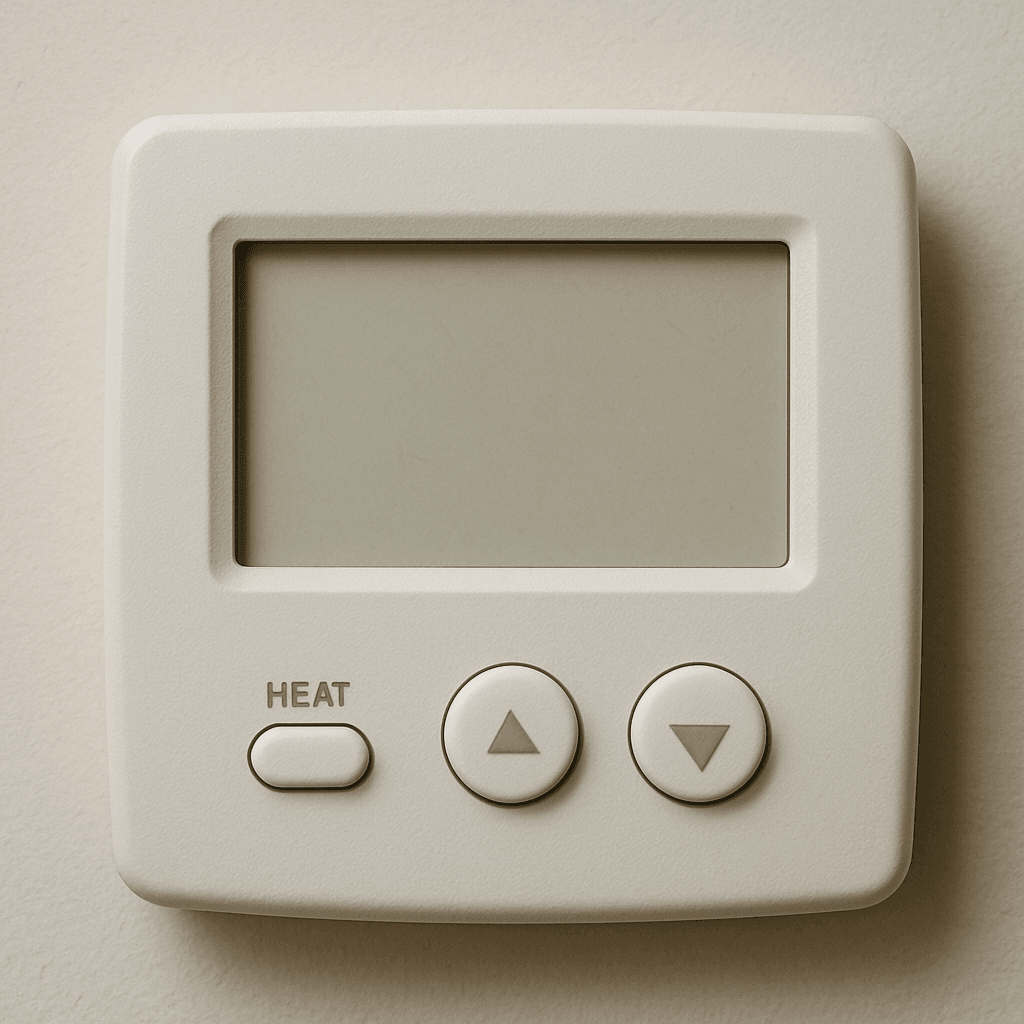
Los problemas con el termostato pueden ser frustrantes, especialmente cuando el termostato se queda sin energía e interrumpe tu día. Ya sea que estés...

Obtener reembolsos para electrodomésticos es crucial no solo para obtener ahorros financieros inmediatos, sino también para obtener beneficios a largo plazo, como la reducción del consumo de energía.
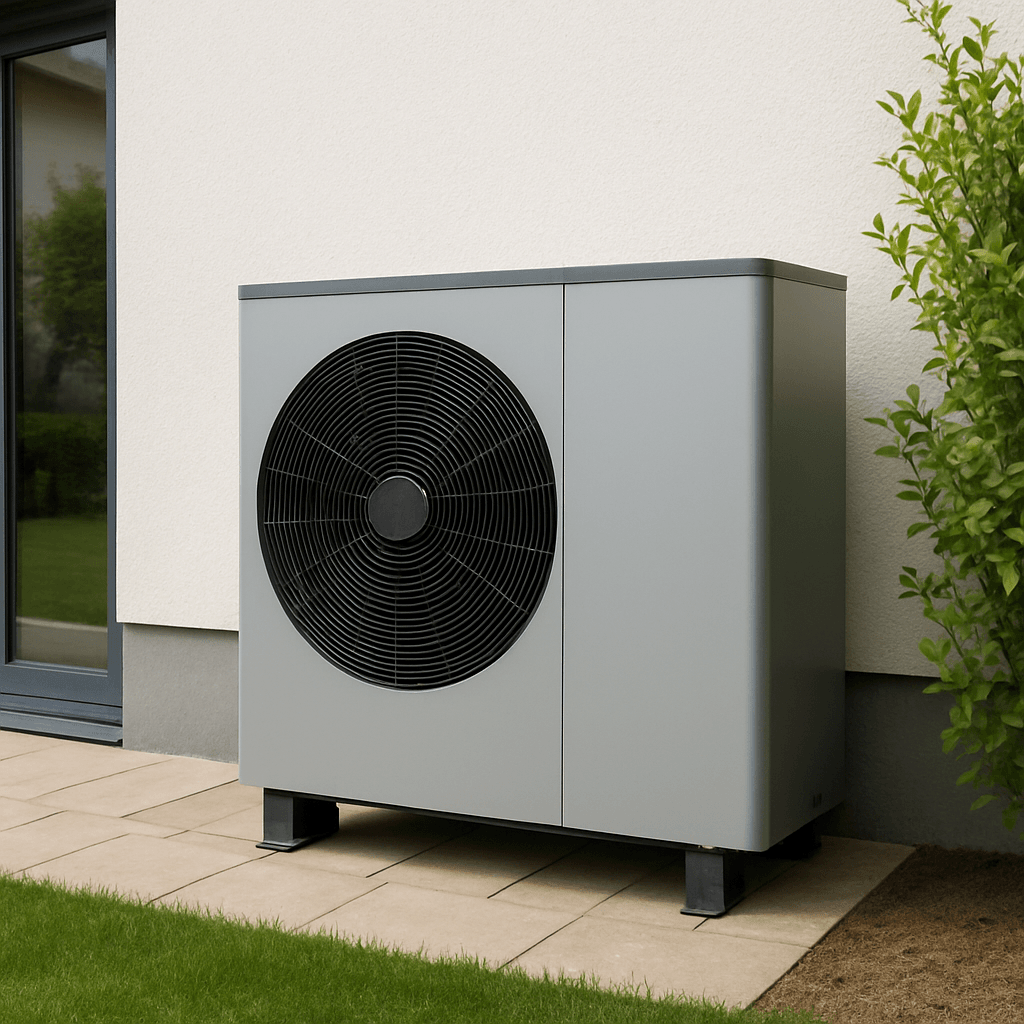
Las bombas de calor mejoran la eficiencia del hogar al ofrecer una solución de ahorro energético tanto para calefacción como para refrigeración. En nuestras vidas aceleradas,
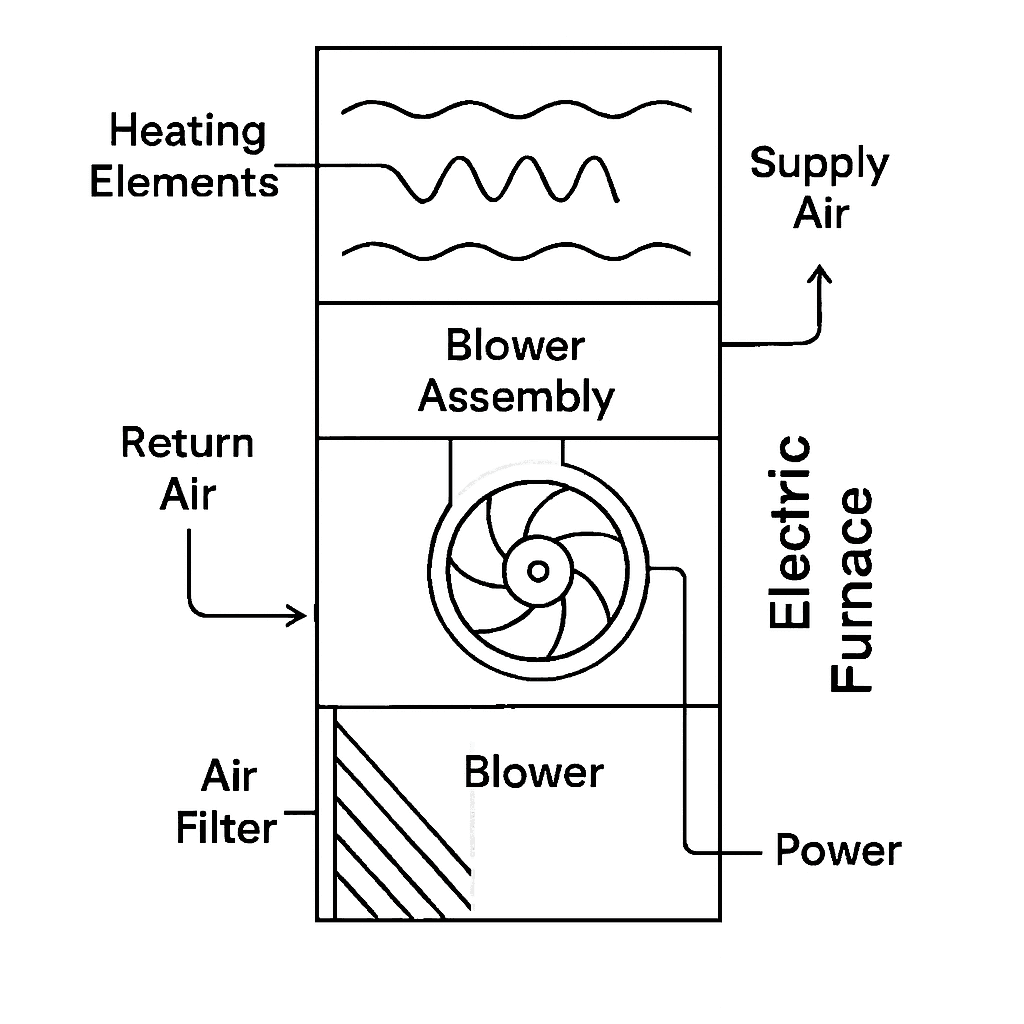
A medida que las temperaturas comienzan a bajar en Los Ángeles, garantizar que su hogar se mantenga cálido y confortable se convierte en una prioridad absoluta.

Heehra es más que una simple palabra; es un concepto rico en significado cultural. A menudo simboliza algo precioso o
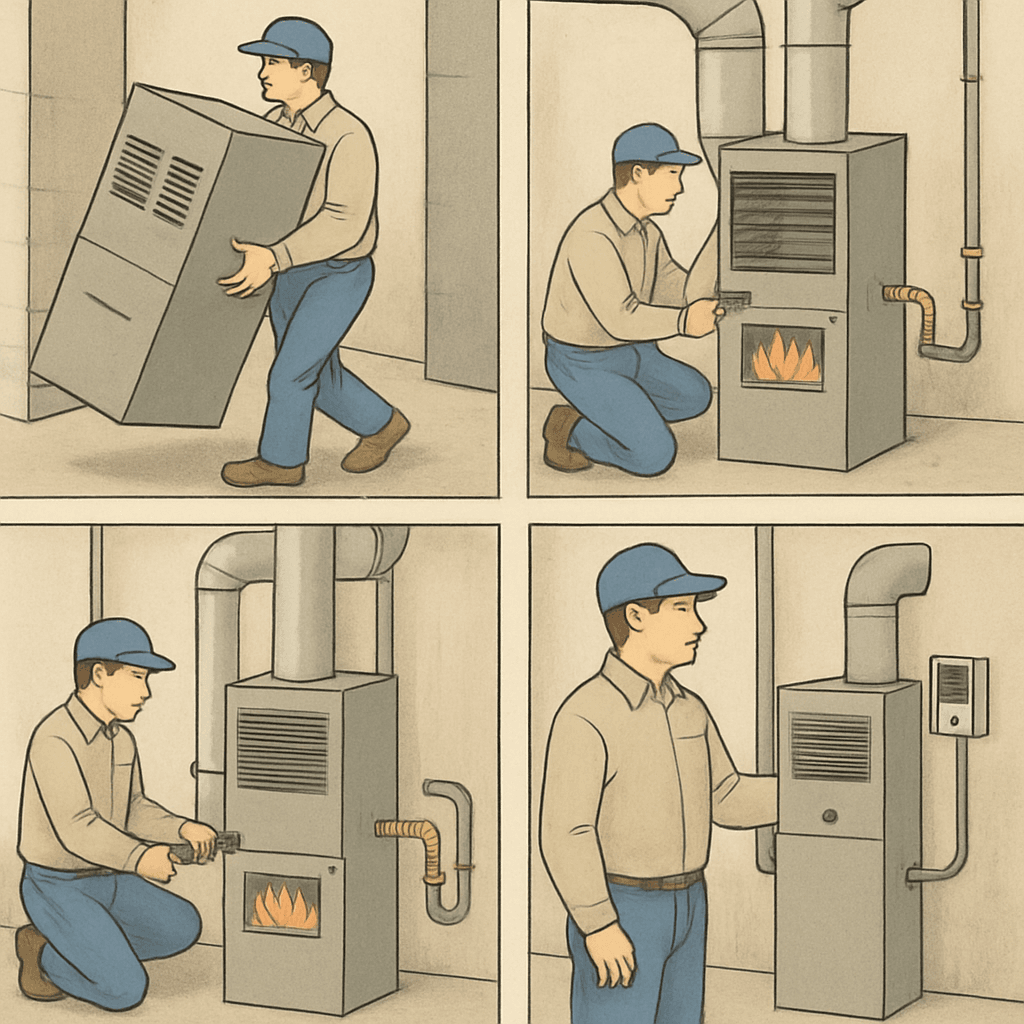
Antes de sumergirnos en los factores específicos que influyen en el precio de reemplazo del horno, es esencial comprender qué implica el reemplazo del horno.

Navegar por el mundo del crédito fiscal energético en California puede ser abrumador, pero no tiene por qué serlo. En California, estos...
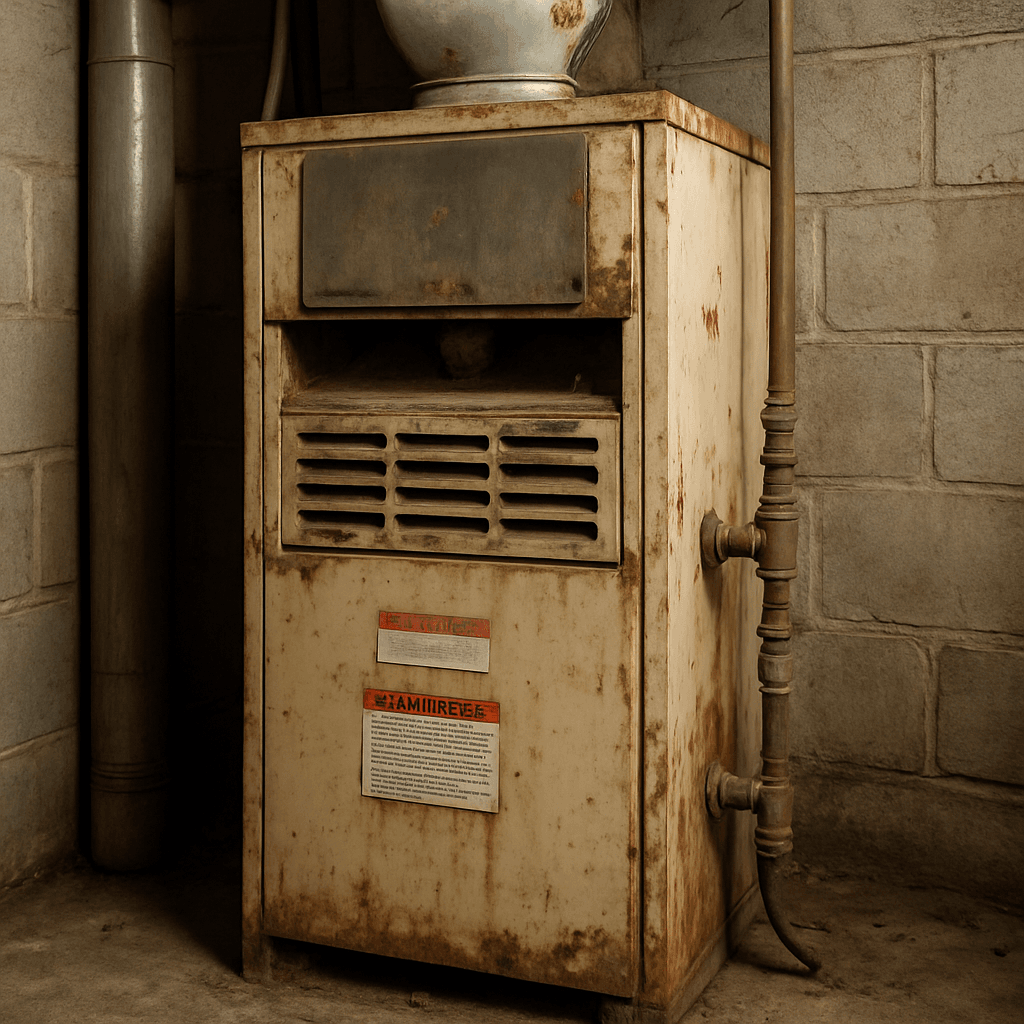
Normalmente, un horno bien mantenido puede durar entre 15 y 20 años. Sin embargo, a medida que envejece, se vuelve menos eficiente.

Freón es un nombre que quizás hayas escuchado, especialmente si tienes un aire acondicionado o un refrigerador. Es un refrigerante.
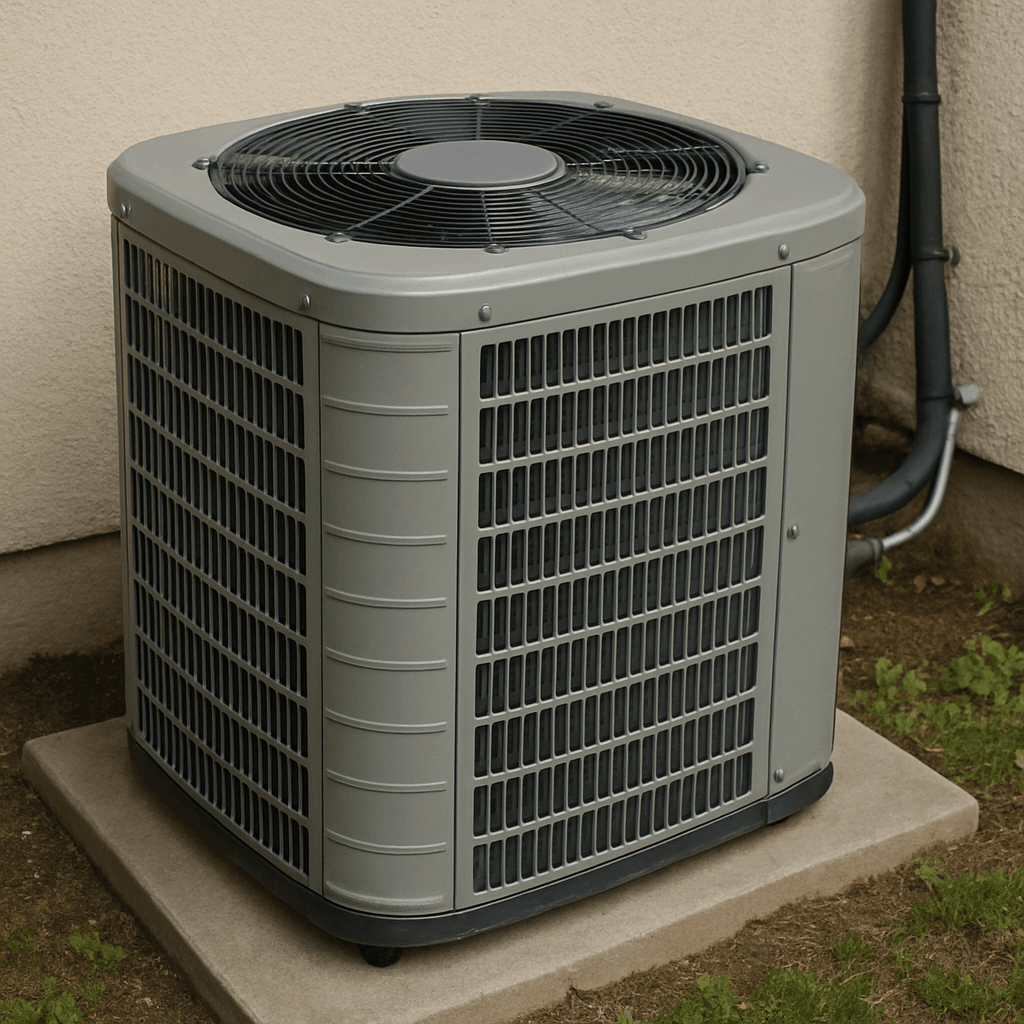
Antes de analizar las soluciones, es fundamental comprender las causas de las fugas de aire acondicionado. Las fugas de aire acondicionado generalmente ocurren cuando el refrigerante

El mundo de la climatización está a punto de cambiar. La normativa de climatización de 2025 está a la vuelta de la esquina y traerá consigo importantes actualizaciones.
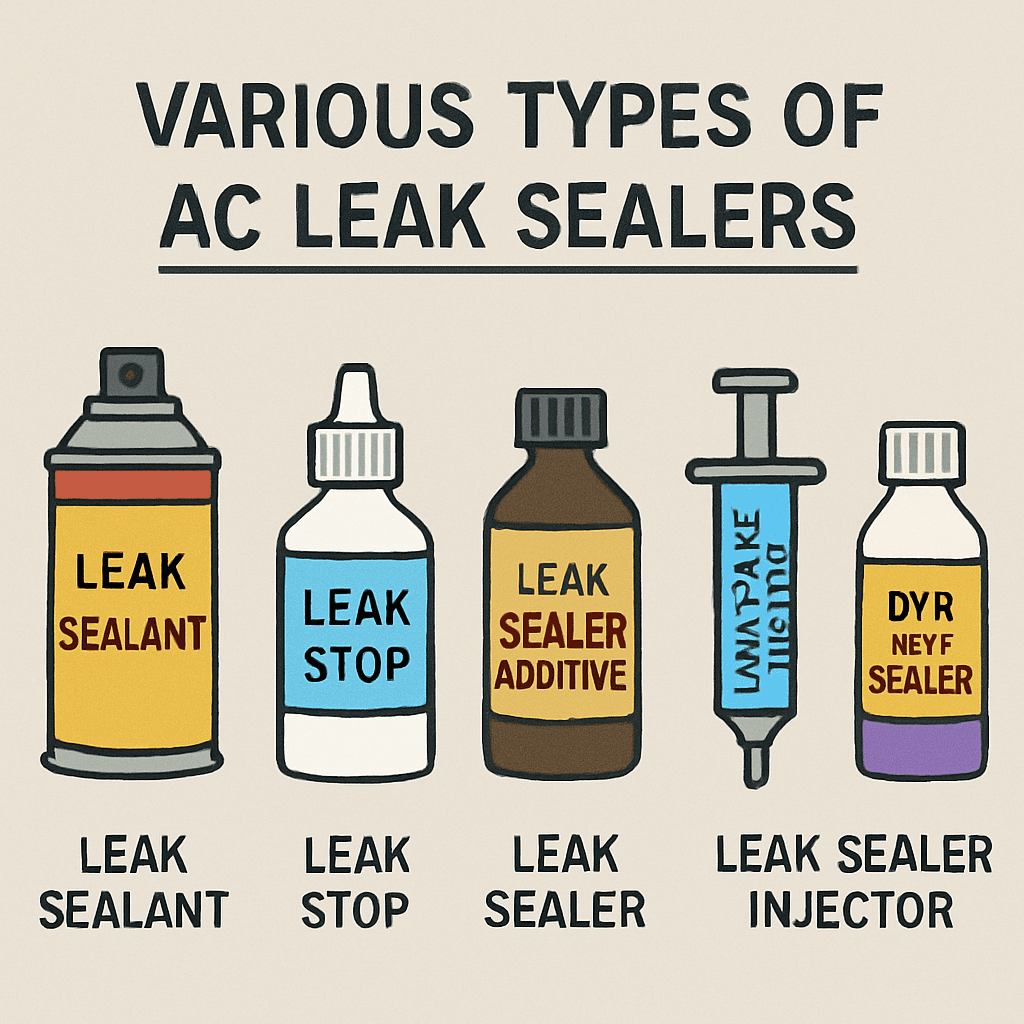
El aire acondicionado es indispensable durante los calurosos días de verano. ¿Pero qué sucede cuando el aire acondicionado empieza a gotear? Puede ser
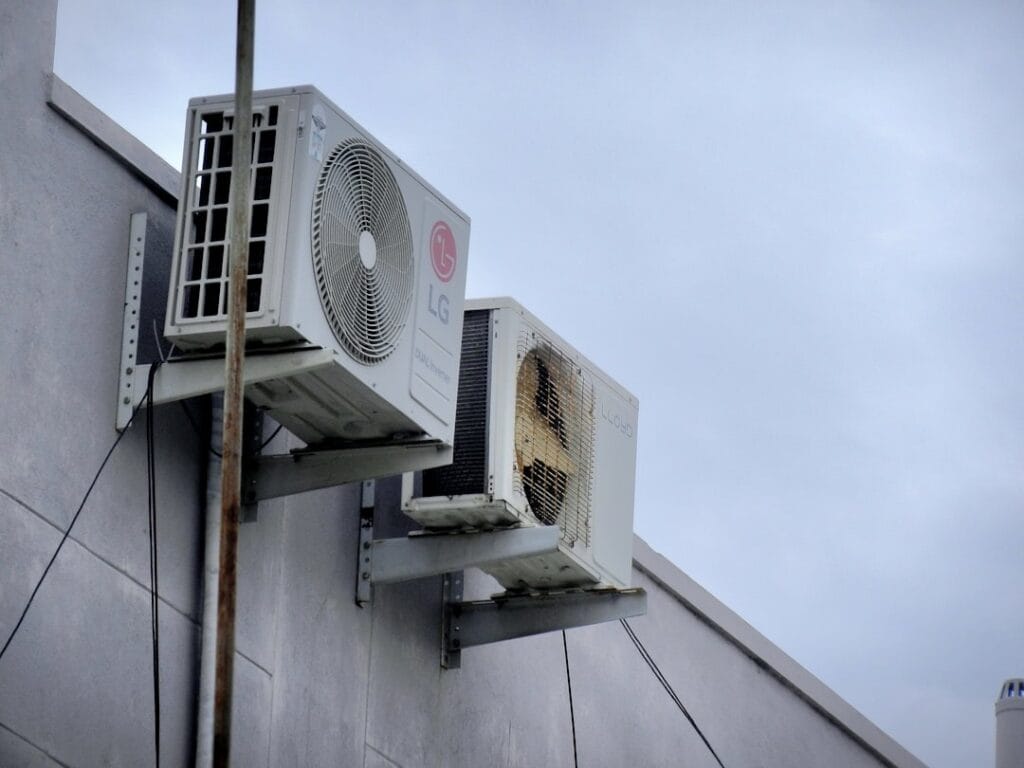
Cuando su unidad de aire acondicionado comienza a fallar, decidir si repararla o reemplazarla se convierte en una prioridad.
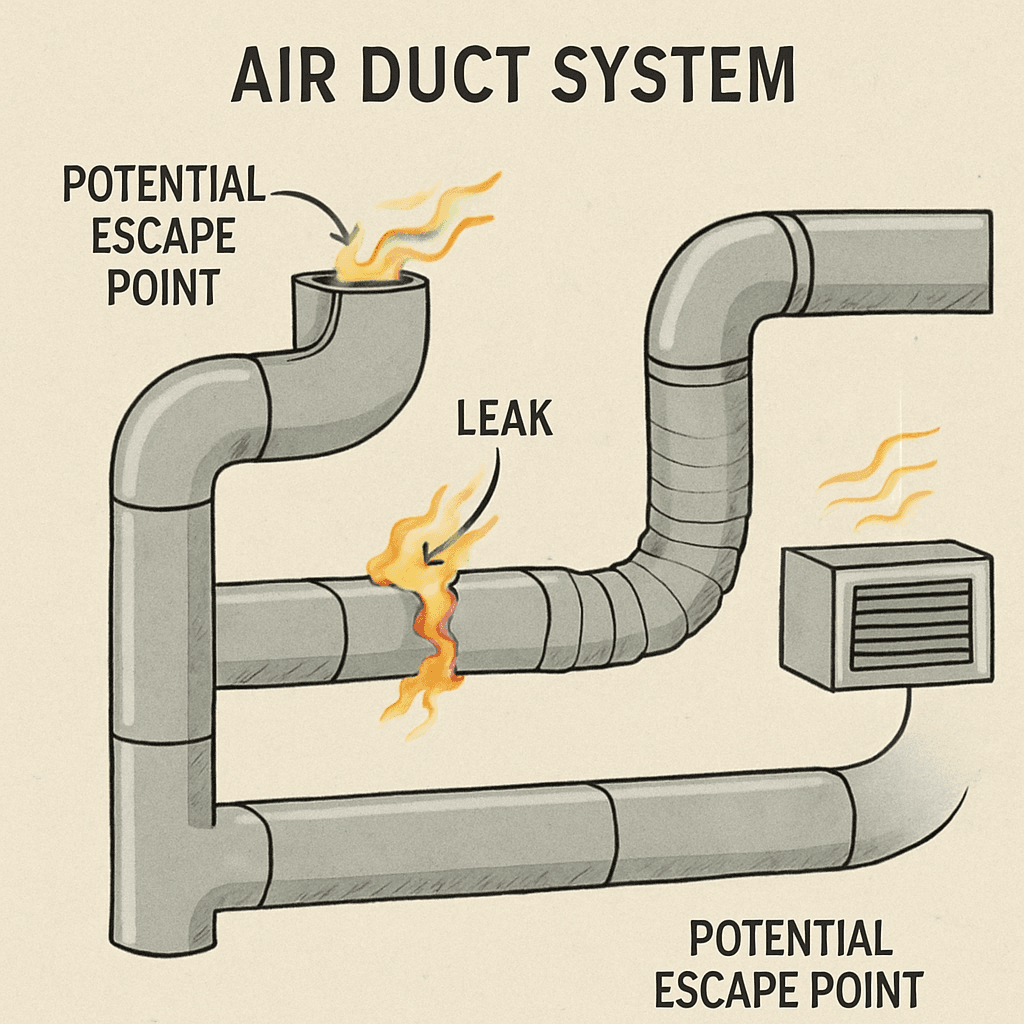
Los conductos de aire con fugas pueden ser un culpable oculto del aumento de las facturas de energía y de las temperaturas desiguales en el hogar. Pueden causar...

La normativa sobre refrigerantes de 2025 forma parte de un esfuerzo global para reducir el impacto ambiental de los sistemas de climatización y promover

En lo que respecta a los sistemas modernos de aire acondicionado, comprender las diferencias entre los refrigerantes es esencial para tomar la decisión correcta.

En el mundo de la climatización, lidiar con fugas en los sistemas de aire acondicionado a menudo puede parecer una tarea desalentadora. Fugas

El pronóstico del tiempo para la próxima semana del Día del Trabajo en Hollywood, California, indica un calor típico de finales de verano seguido de un refrescante descenso de temperatura.

Conciliar el sueño rápidamente puede parecer un sueño lejano para muchos. Sin embargo, dormir bien es fundamental para nuestra salud.
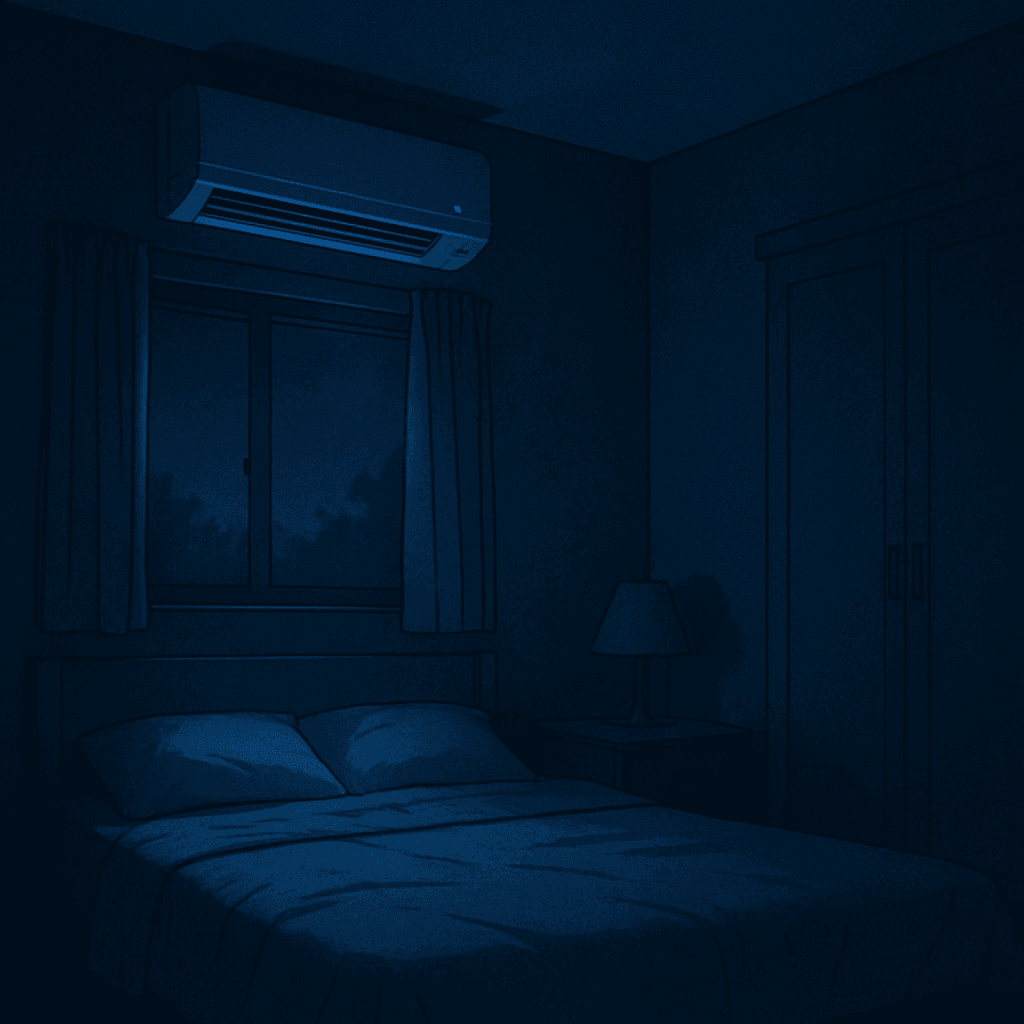
En el ajetreo de la vida moderna, dormir bien por la noche a veces puede parecer un sueño inalcanzable.
Al entrar en septiembre, el calor veraniego en Los Ángeles comienza a atenuarse, aunque la ciudad sigue siendo agradablemente cálida.

Los Ángeles es conocida por su vibrante cultura y sus cielos soleados. Sin embargo, también se enfrenta a importantes problemas de contaminación atmosférica.

Respirar aire limpio es esencial para una vida sana. En Los Ángeles, donde la calidad del aire puede ser un problema, el aire

¿Buscas el pronóstico del tiempo más reciente para Hollywood, California? Estás de suerte: esta semana trae consigo un hermoso período de sol y noches templadas.,
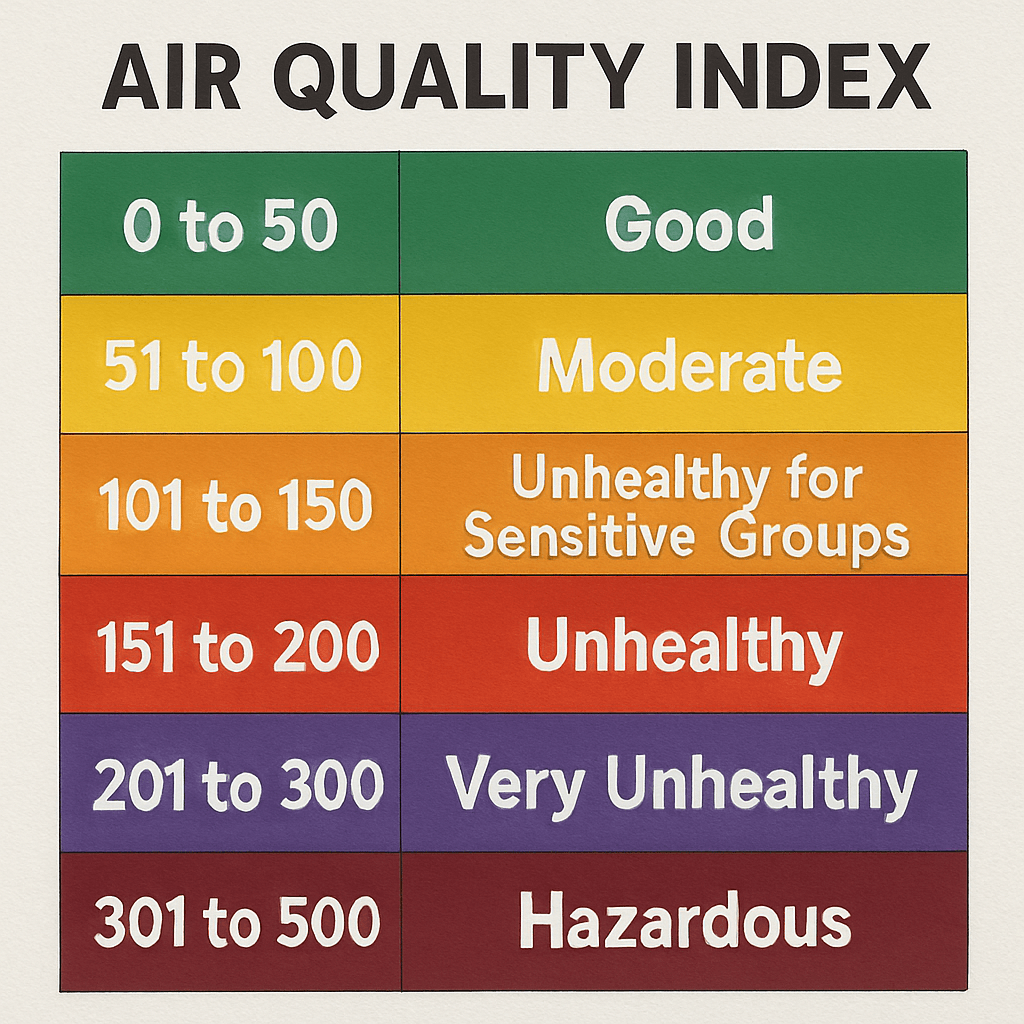
Los Ángeles es conocida por su vibrante cultura y su clima soleado. Pero esta bulliciosa ciudad tiene otra cara.

El mantenimiento de su sistema de climatización es crucial para un ambiente de vida saludable y un rendimiento óptimo del sistema. Un aspecto clave de esto es...

Los filtros de aire desempeñan un papel crucial en el mantenimiento de la calidad del aire dentro de su hogar u oficina. Como sistema de climatización (HVAC).

Duelo: ¿HEPA o carbón activado? En el mundo actual, el aire limpio es más importante que nunca. Con el aumento de los niveles de contaminación, muchos

Cuando se trata de mantener su hogar o apartamento confortable durante todo el año, pocos dispositivos ofrecen la comodidad y eficiencia de Honeywell.

Los termostatos Bluetooth de Honeywell son parte de la línea de hogares inteligentes de Honeywell, diseñados para brindar comodidad, eficiencia y control sobre su hogar.

Antes de profundizar en los detalles, especialmente si está actualizando su termostato, es fundamental comprender los conceptos básicos del cableado del termostato.

¿Quiere instalar o actualizar su termostato, pero le preocupa cometer un error? El cableado del termostato puede ser complicado.

Los termostatos controlan sus sistemas de calefacción y refrigeración enviando señales eléctricas al sistema HVAC en función de la temperatura que

En el mundo acelerado de hoy, un sistema de termostato confiable es clave para mantener la comodidad en su hogar o negocio, especialmente en

¿Está buscando actualizar su hogar con un termostato inteligente que no solo mejore la comodidad sino que también lo ayude?

¡Bienvenido al vibrante mundo de las plantas purificadoras de aire para interiores! Como profesional experimentado en climatización, comprendo la importancia de...

Respirar aire limpio es esencial, especialmente en zonas concurridas como Hollywood. Con el aumento de los niveles de contaminación, los purificadores de aire se han convertido en una

Imagina un mundo donde tu hogar no solo se sienta cómodo, sino que también tenga un aire tan fresco como el exterior.

Elegir el purificador de aire adecuado para su hogar en Los Ángeles puede ser un cambio radical. Con las bulliciosas calles de la ciudad...
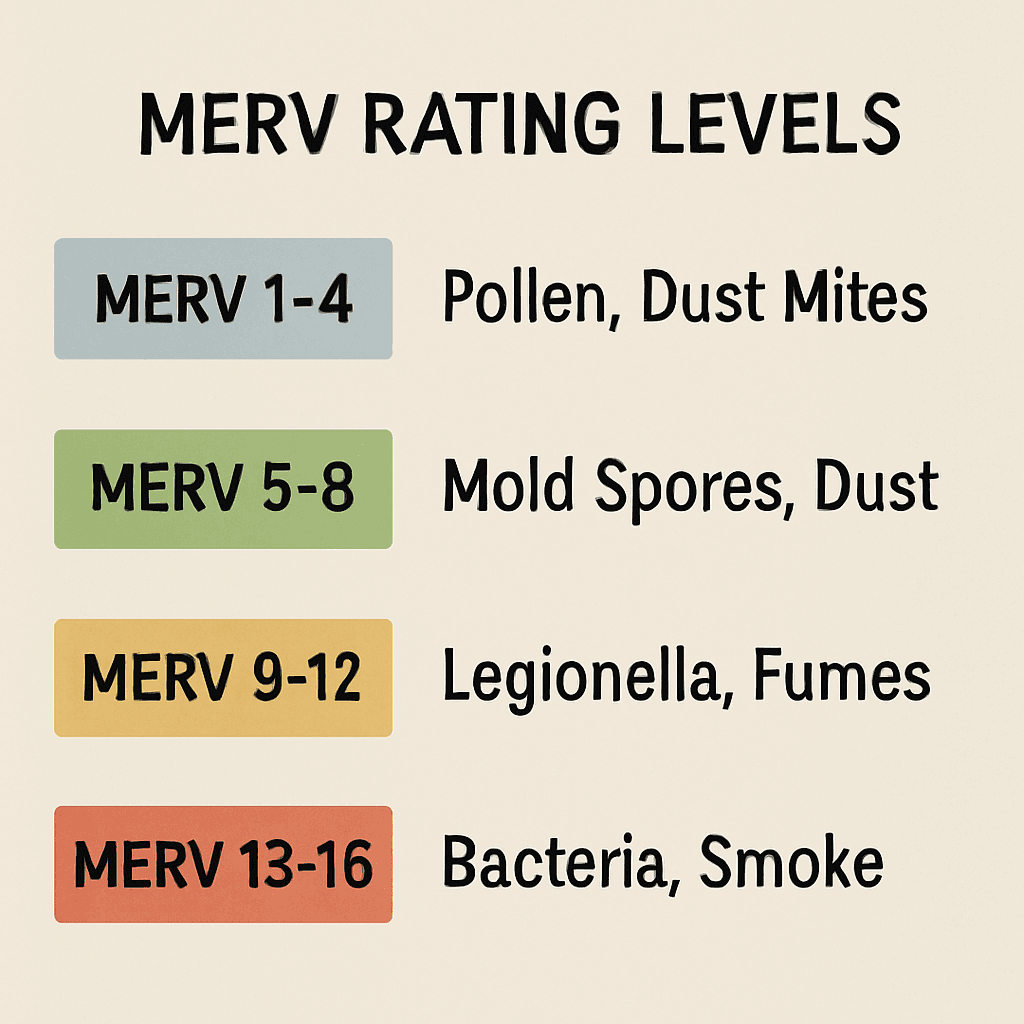
Comprender las clasificaciones MERV es fundamental para mantener una buena calidad del aire en su hogar en Los Ángeles. Estas clasificaciones le ayudan a elegir

En la agitada vida de Los Ángeles, donde la temperatura suele subir, tener plantas purificadoras de aire en casa puede ofrecer
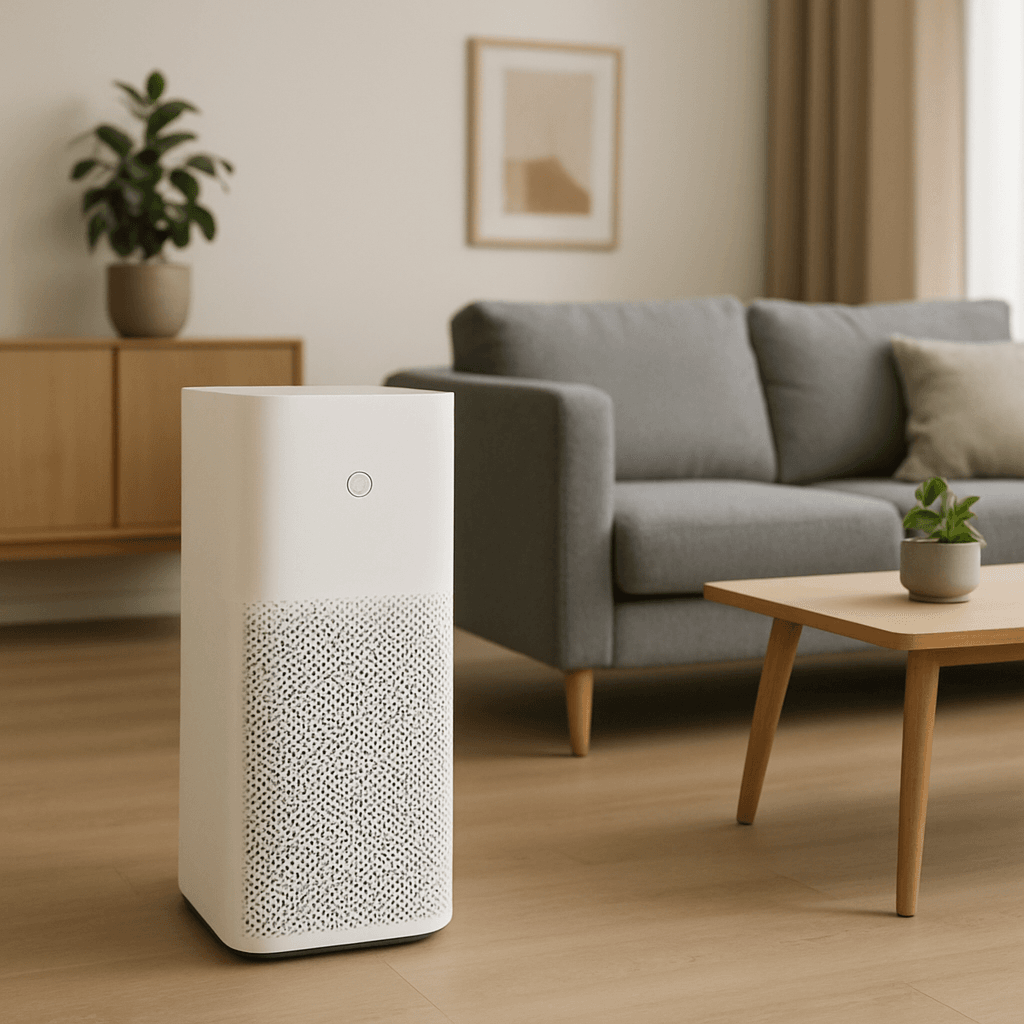
Respirar aire limpio es esencial para una vida saludable. En Hollywood, donde el ajetreo es constante, la calidad del aire interior a menudo...
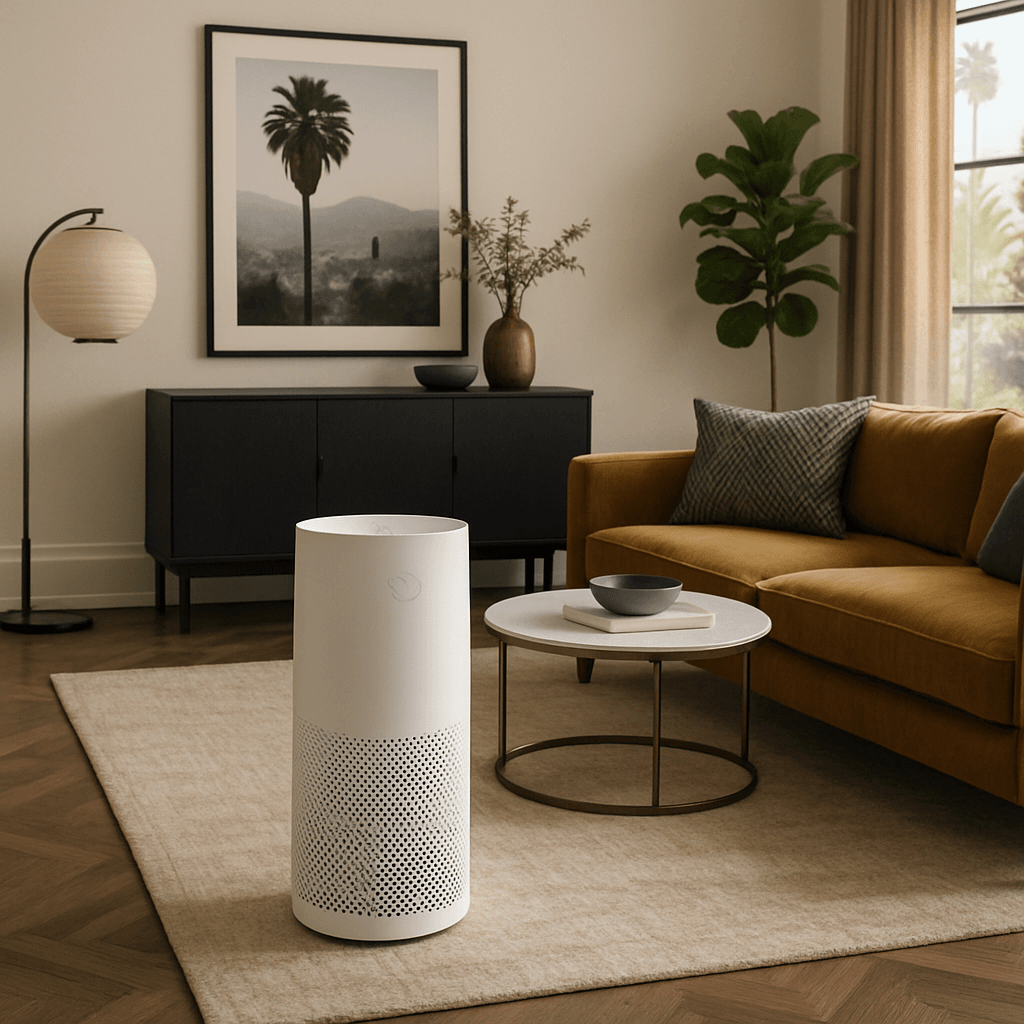
Respirar aire limpio es esencial para una vida saludable. En Hollywood, donde el ajetreo es constante, la calidad del aire...

Respirar aire limpio es esencial para un hogar saludable. En Hollywood, donde el ajetreo es constante, el aire interior...

Los purificadores de aire se han vuelto populares en muchos hogares, especialmente en zonas concurridas como Hollywood. Con la creciente preocupación por...

La naturaleza del moho El moho es un tipo de hongo que prospera en ambientes húmedos, lo que hace que las casas costeras sean particularmente vulnerables.

La calidad del aire interior es crucial para un hogar o espacio de trabajo saludable. Afecta la comodidad, la salud y la productividad. Elegir el aire adecuado...

Las plantas aéreas, conocidas científicamente como Tillandsia, son únicas porque no requieren tierra para crecer. Esta notable característica las hace...

Cuando el calor del verano llega a Los Ángeles, un aire acondicionado que funcione es imprescindible. Pero ¿qué pasa si tu aire acondicionado empieza a fallar?

Cuando el aire acondicionado deja de funcionar de repente, puede sentirse como una crisis. Sobre todo durante una ola de calor en Los Ángeles.

El aire acondicionado es un salvavidas en el calor de Los Ángeles. Pero ¿qué pasa cuando falla inesperadamente? Las emergencias de aire acondicionado pueden...

Cuando el aire acondicionado deja de funcionar de repente, puede sentirse como una crisis. Sobre todo durante una ola de calor en Los Ángeles.

En el ajetreo y el bullicio de la vida diaria, la comodidad de su hogar u oficina depende en gran medida del buen funcionamiento

Antes de profundizar en los detalles, es fundamental comprender los conceptos básicos de su sistema HVAC. HVAC significa Calefacción, Ventilación,

Encontrar un servicio de reparación de aire acondicionado confiable en Los Ángeles es esencial para garantizar que su hogar se mantenga confortable durante el calor.

Los Ángeles presenta un conjunto único de desafíos en lo que respecta al aire acondicionado. La combinación de altas temperaturas y

Comprender la importancia del mantenimiento regular El mantenimiento regular es fundamental para un sistema de aire acondicionado confiable. Al igual que su...

Como profesional experimentado de HVAC que presta servicios en el área metropolitana de Los Ángeles, comprendo la importancia de un servicio confiable y eficiente.

Comprender cuándo un problema de HVAC requiere asistencia de emergencia es clave para mantener la comodidad y la seguridad de su hogar. No todos...

Los servicios de HVAC de emergencia son cruciales para restaurar la comodidad en su hogar u oficina cuando su calefacción, ventilación y aire acondicionado fallan.

Los Ángeles es conocido por su clima soleado, pero cuando el calor sube, un sistema de aire acondicionado confiable es esencial. Mantener
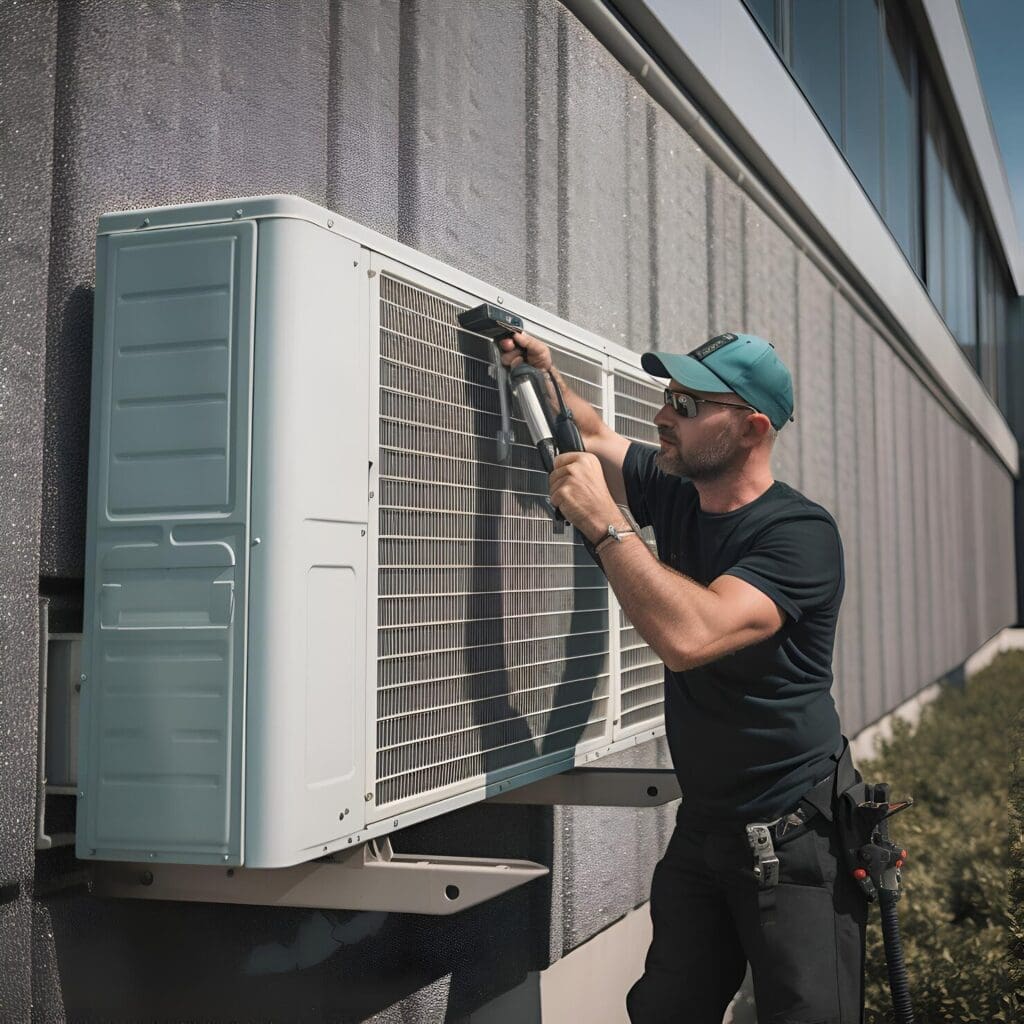
Hollywood es famosa por su brillo, glamour y estilo de vida ajetreado, pero ¿sabías que también es un punto caliente para el aire acondicionado?
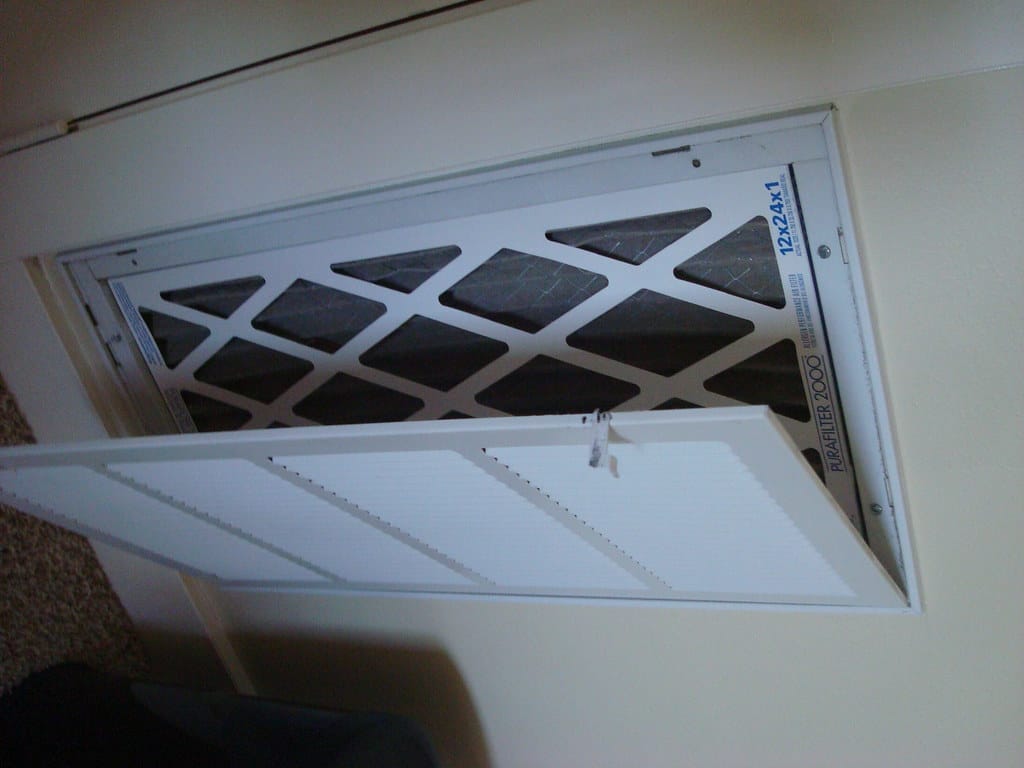
Cuando falla el sistema de refrigeración, puede parecer que el mundo se acaba, especialmente en un día sofocante en Los Ángeles.
Comprender la causa raíz de un aire acondicionado que no arranca es el primer paso para resolver el problema. Varios problemas comunes...
Cuando la temperatura sube y su sistema de aire acondicionado se niega a cooperar, puede ser más que un simple inconveniente:
por Bùi Hoàng Long (https://unsplash.com/@dxaxoxfz) Las unidades de aire acondicionado son sistemas complejos que requieren mantenimiento y cuidado regulares para funcionar de manera óptima.
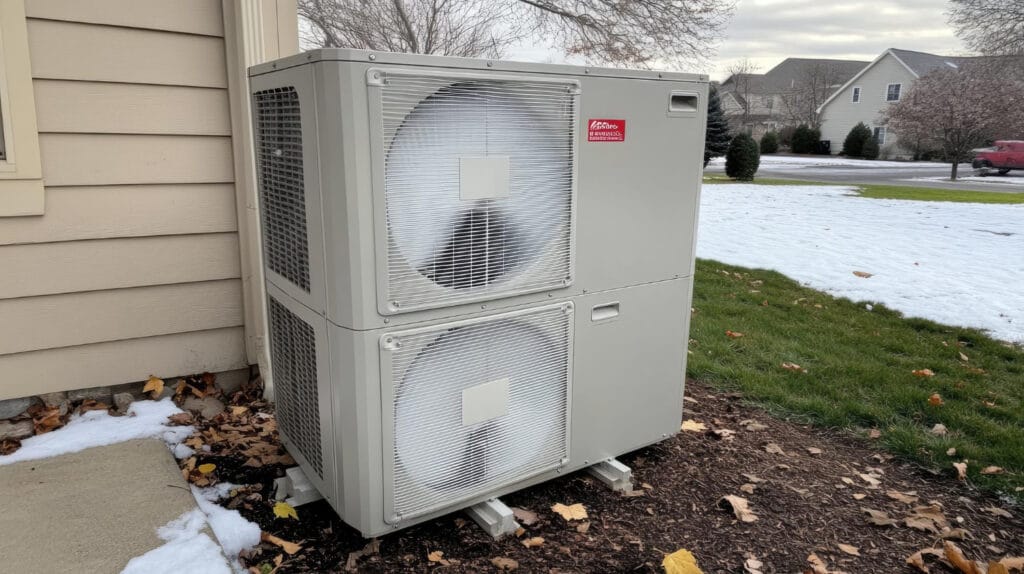
Un problema como el de un aire acondicionado congelado puede parecer contradictorio, especialmente durante el verano, cuando las temperaturas alcanzan su punto máximo. Sin embargo,
En el calor sofocante de Los Ángeles, lo último que necesitas es un aire acondicionado que no funciona. Un problema común
Antes de explorar las medidas preventivas, es fundamental comprender por qué se congela el aire acondicionado. Diversos factores pueden provocarlo.
Cuando su aire acondicionado comienza a funcionar mal, es más que un simple inconveniente: puede afectar seriamente su funcionamiento.
En el ajetreo y el bullicio de la vida cotidiana, lo último que necesita es que su sistema de aire acondicionado le permita...
Utilizamos cookies para mejorar tu experiencia en nuestro sitio. Al usar nuestro sitio, aceptas el uso de cookies.
Administre sus preferencias de cookies a continuación:
Las cookies esenciales habilitan funciones básicas y son necesarias para el correcto funcionamiento del sitio web.
Google reCAPTCHA ayuda a proteger los sitios web contra el spam y el abuso al verificar las interacciones de los usuarios mediante desafíos.
Google Tag Manager simplifica la gestión de etiquetas de marketing en su sitio web sin cambios de código.
Las cookies de estadísticas recopilan información de forma anónima. Esta información nos ayuda a comprender cómo utilizan nuestro sitio web los visitantes.
Google Analytics es una herramienta poderosa que rastrea y analiza el tráfico del sitio web para tomar decisiones de marketing informadas.
Service URL: policies.google.com (se abre en una nueva ventana)